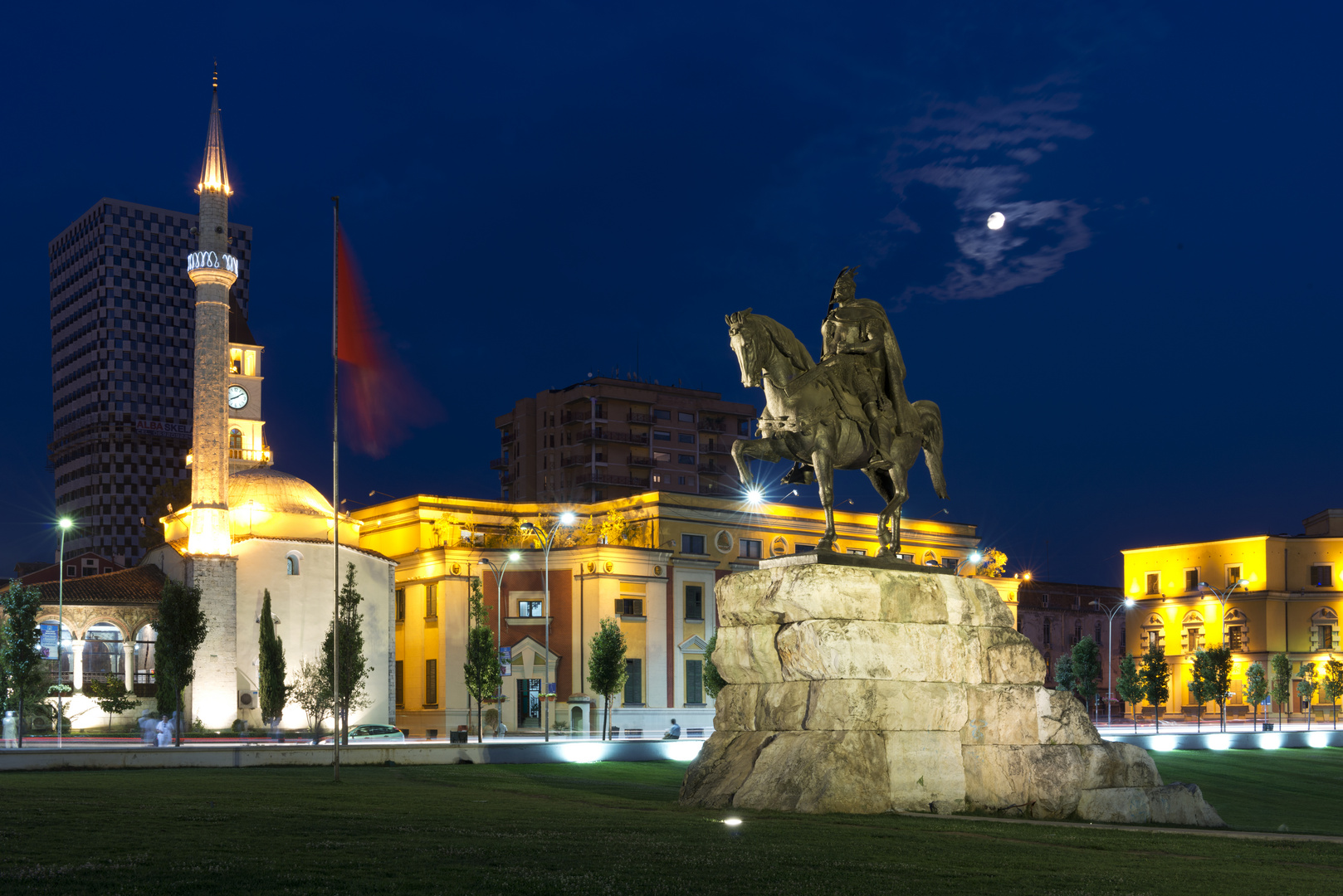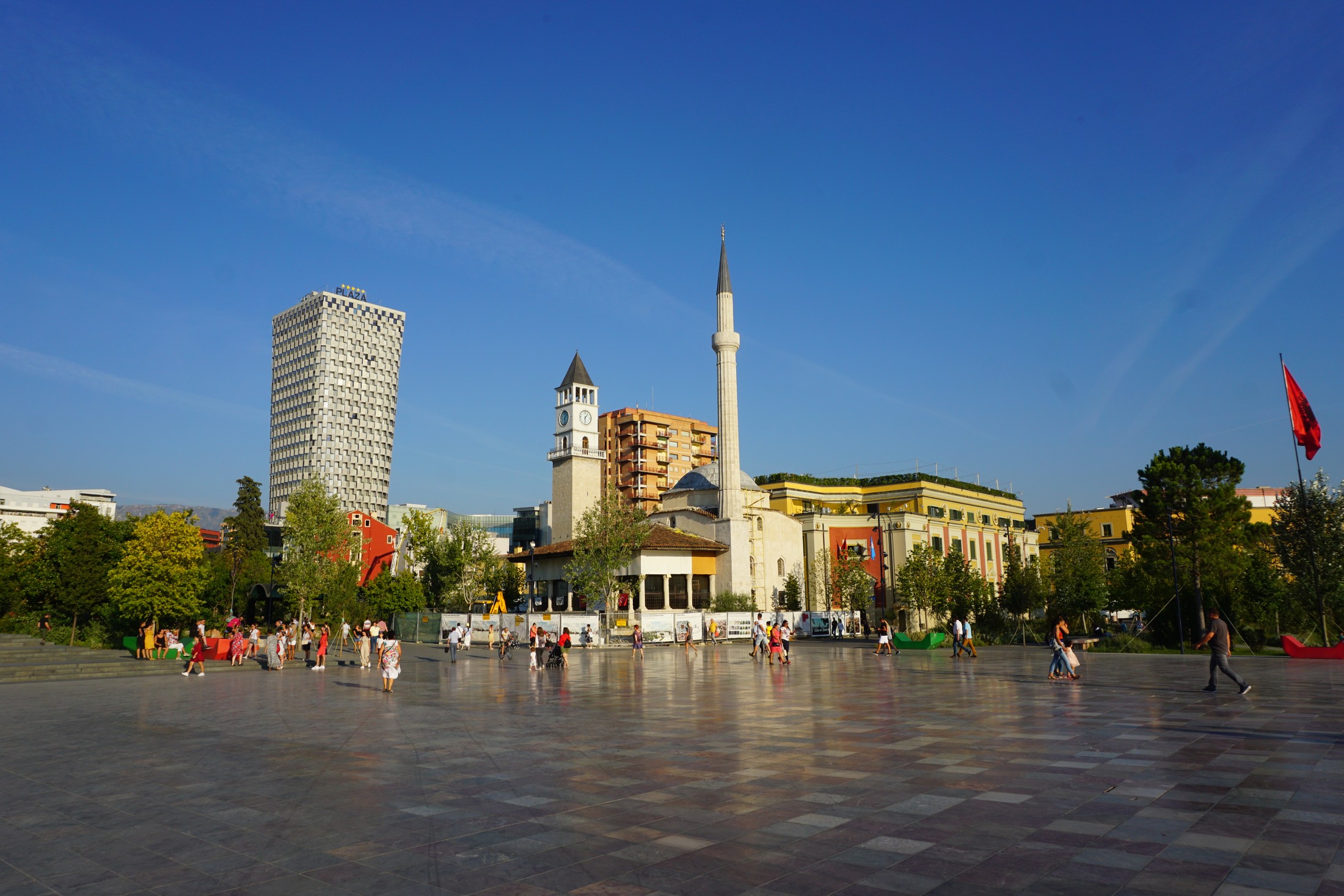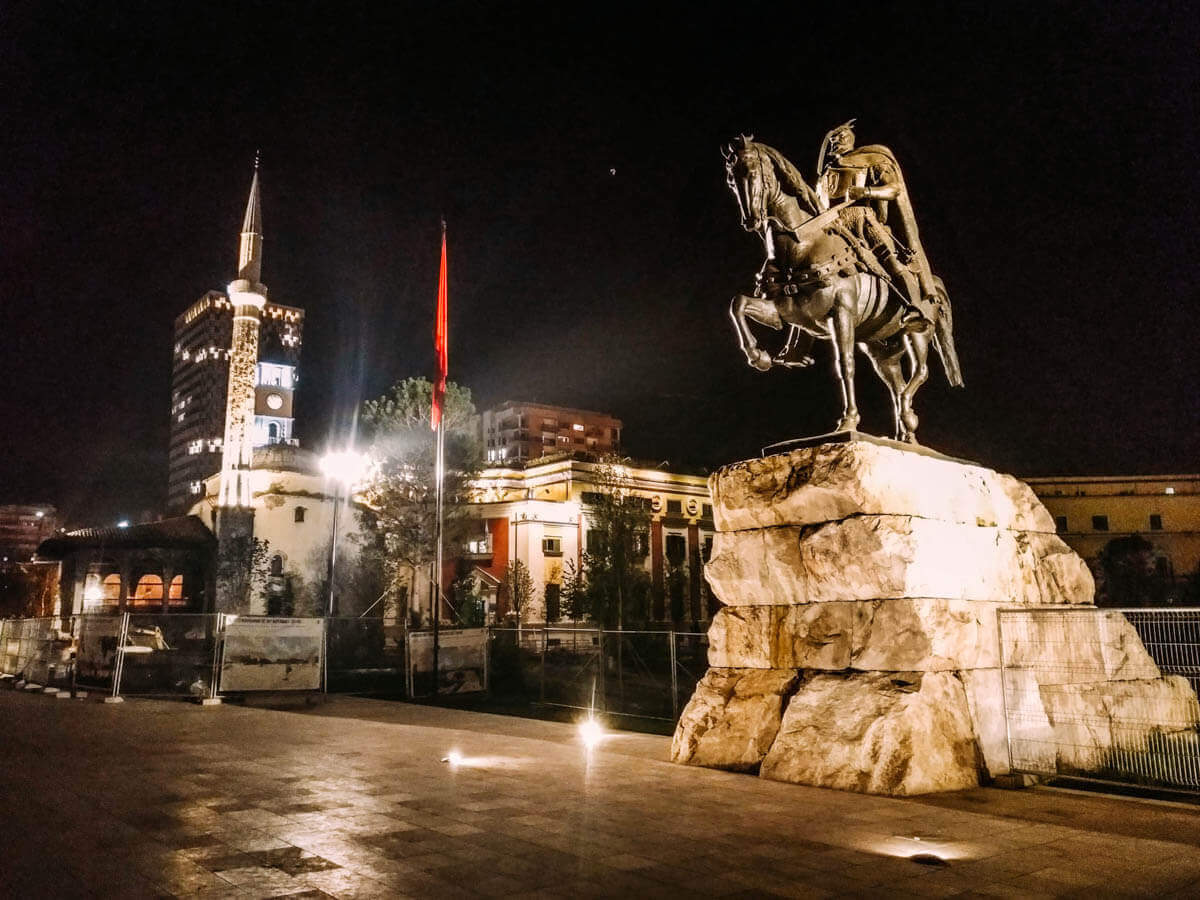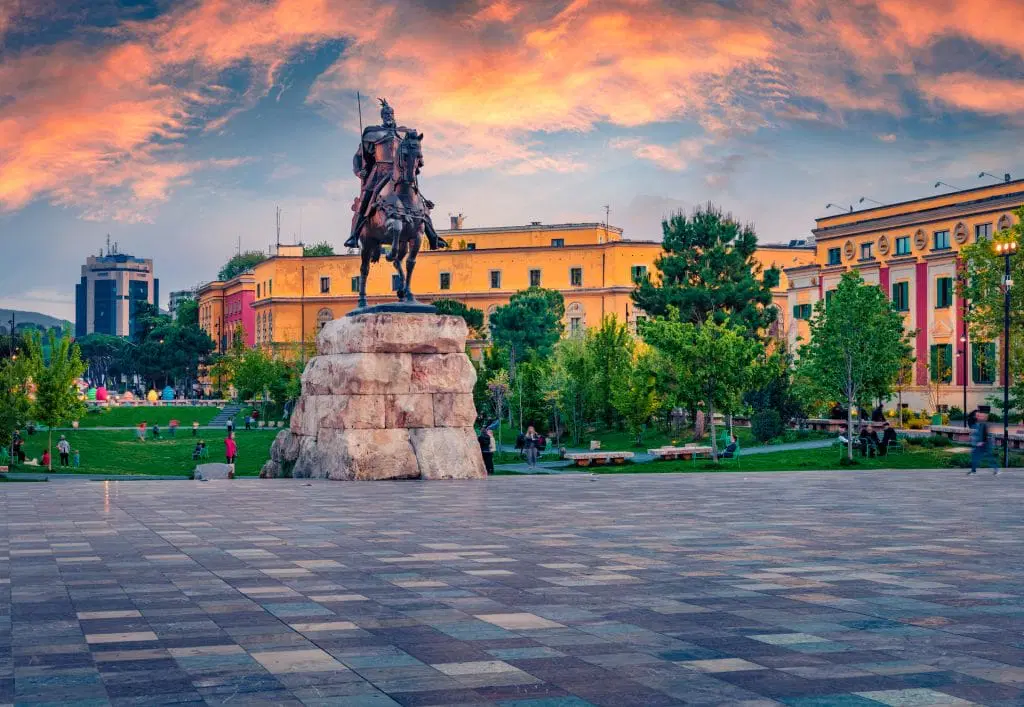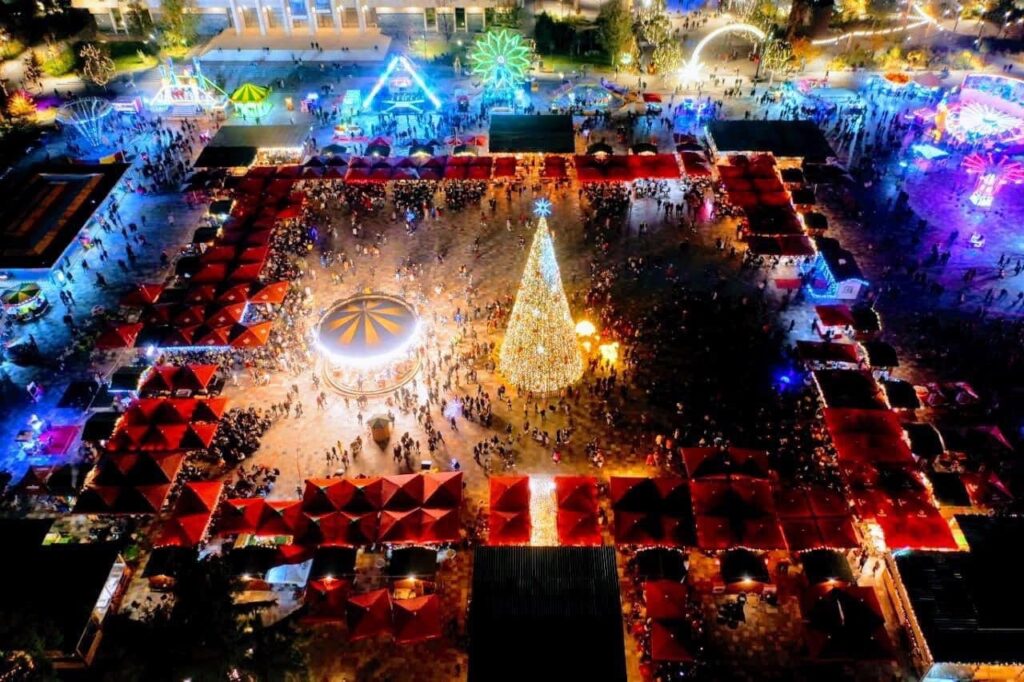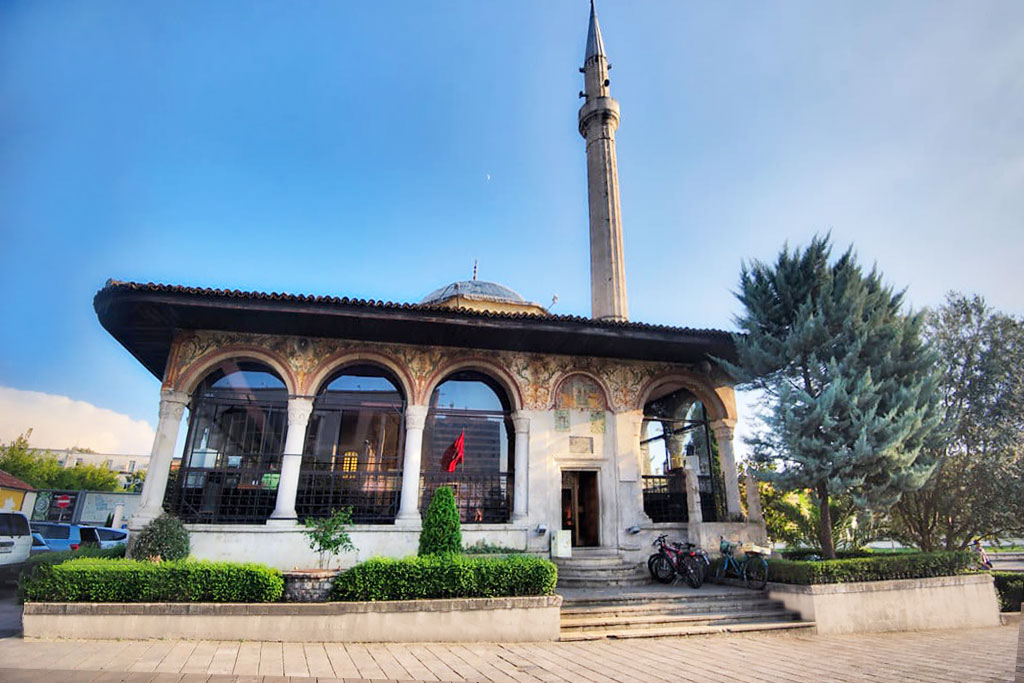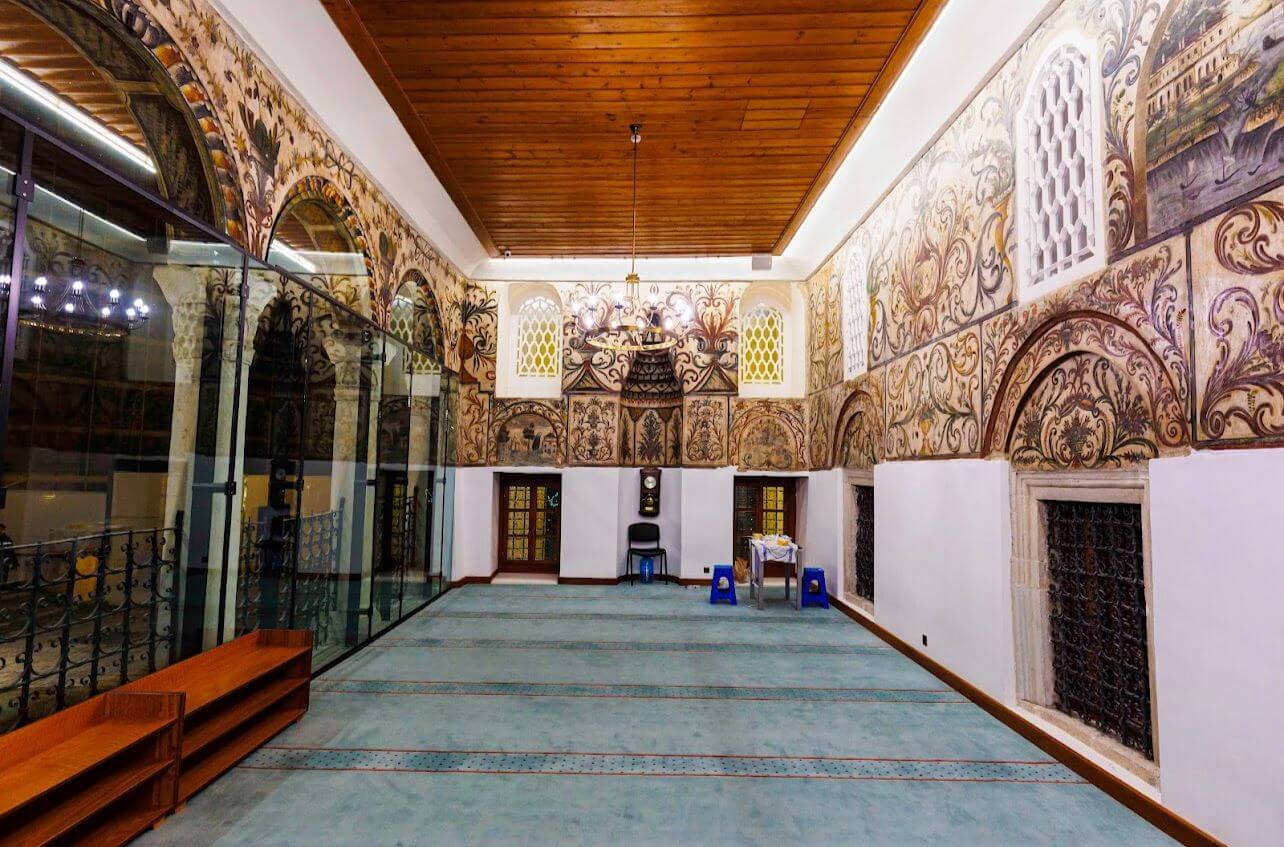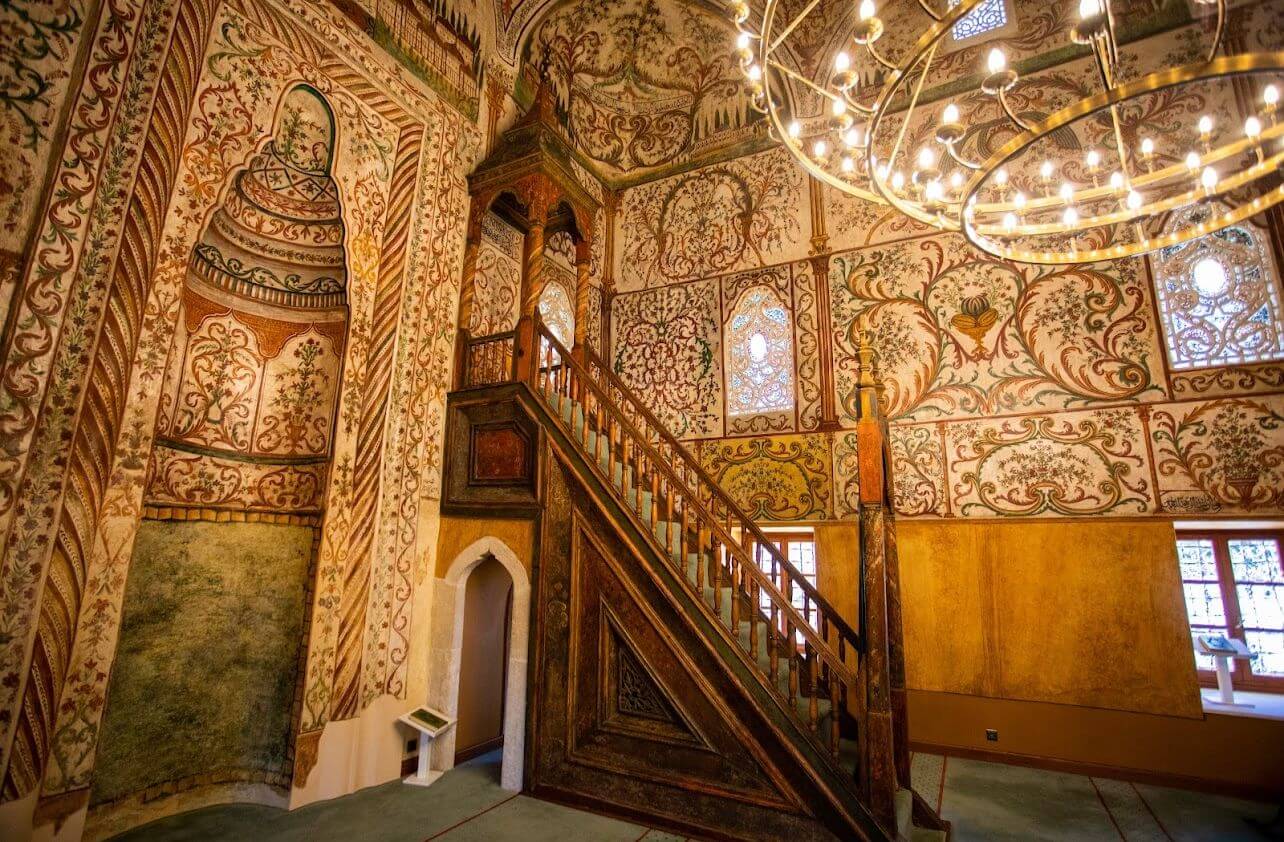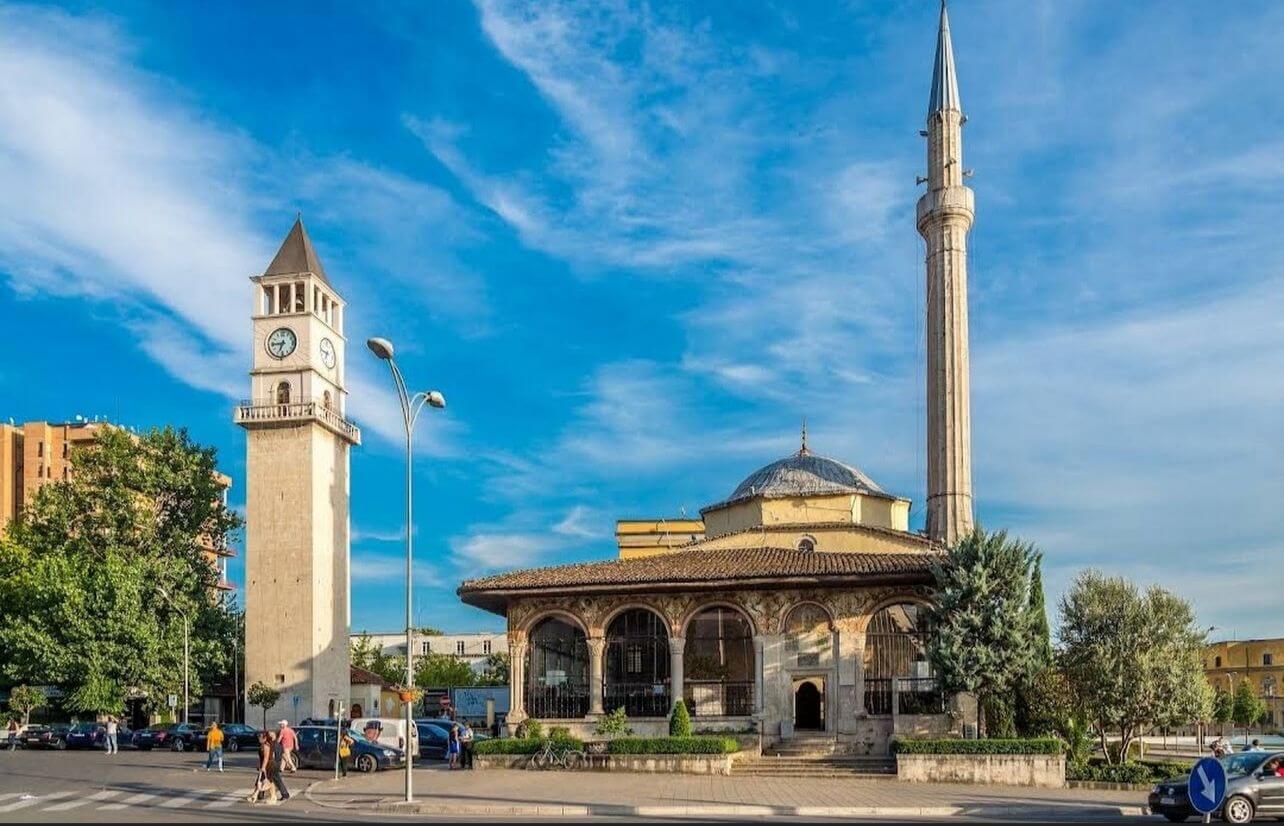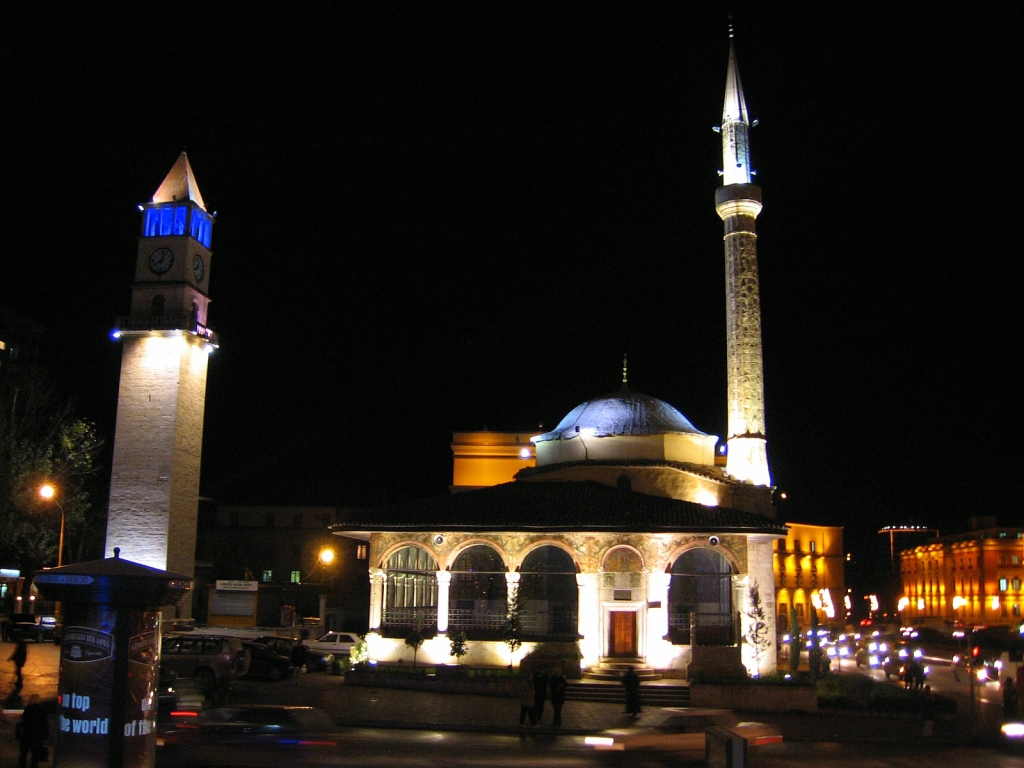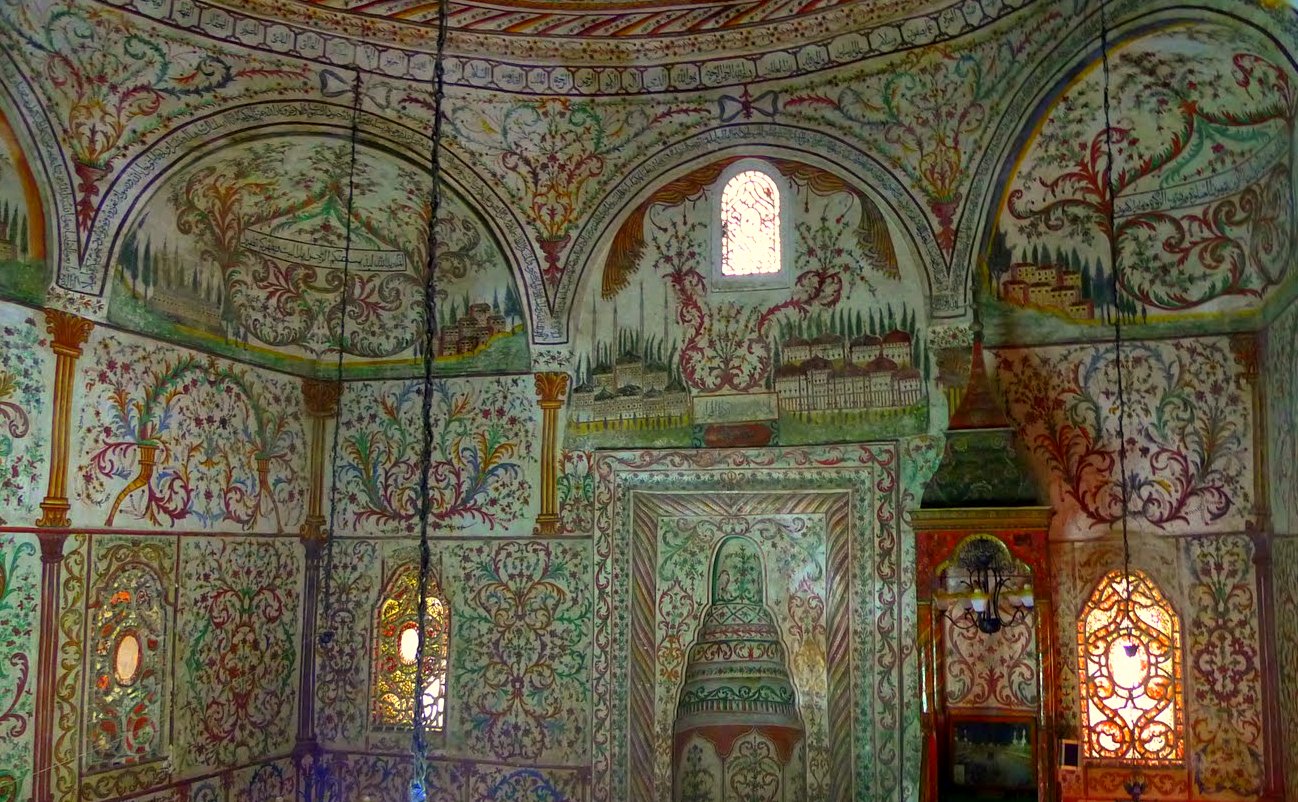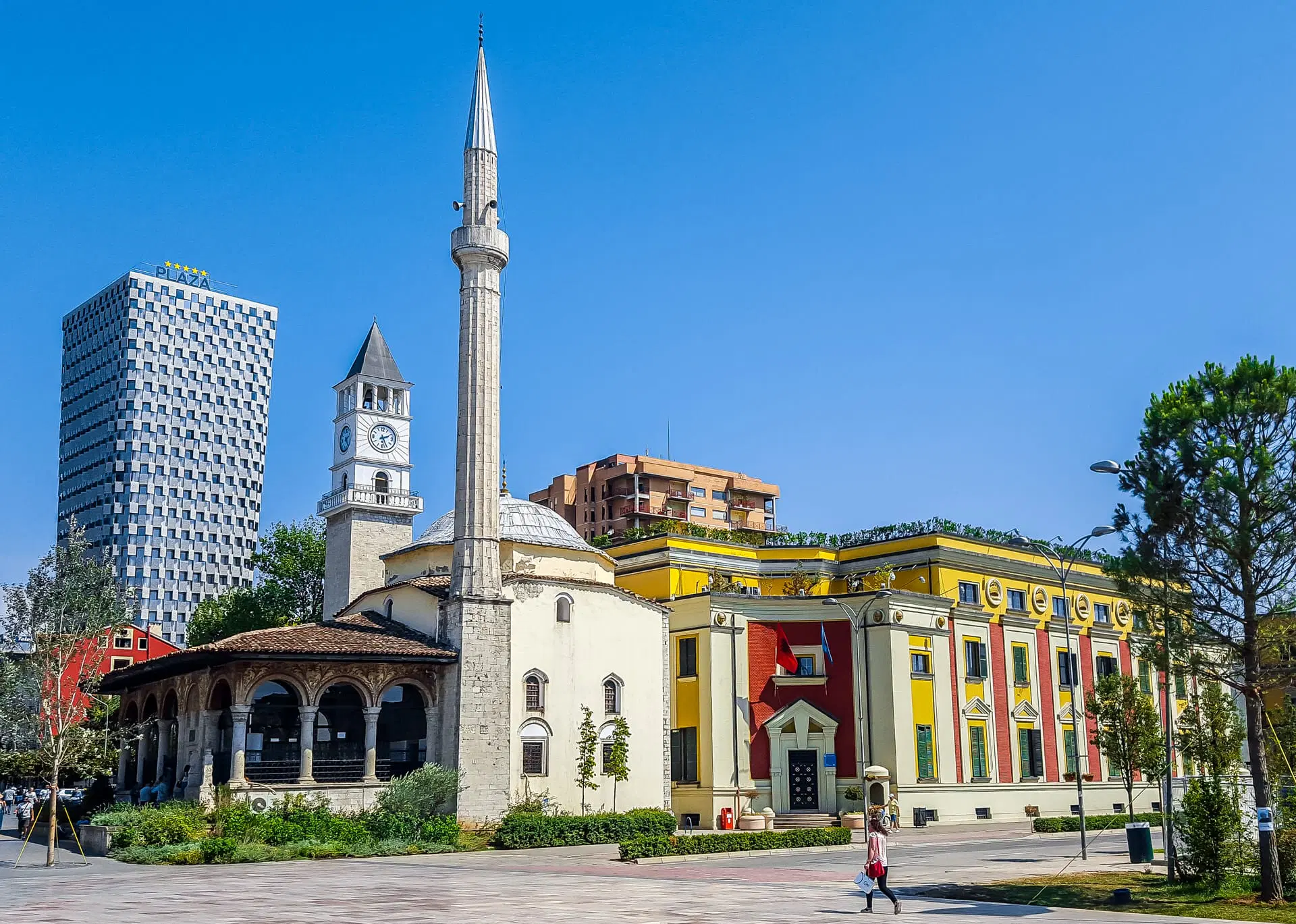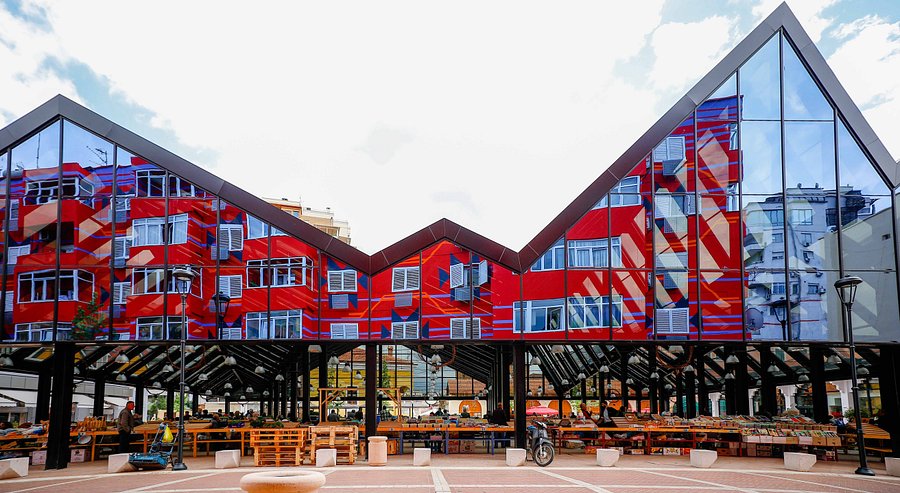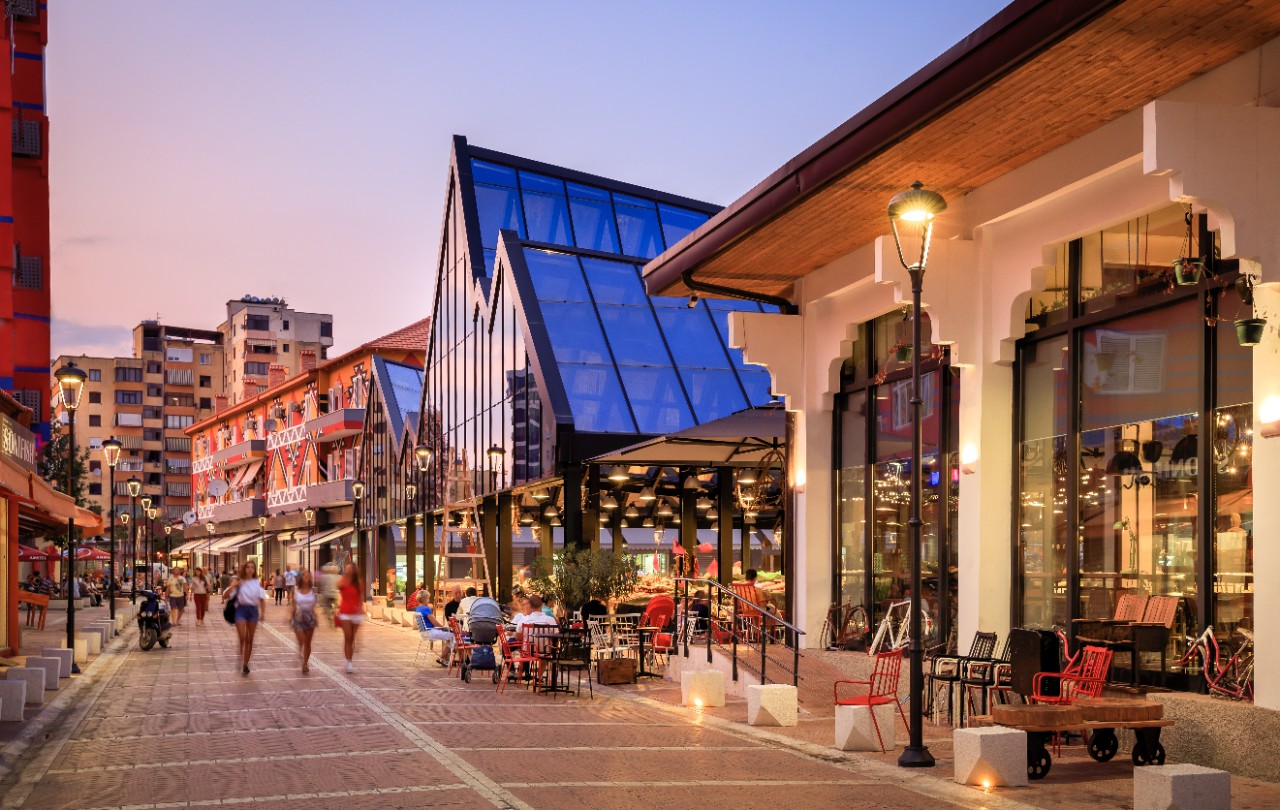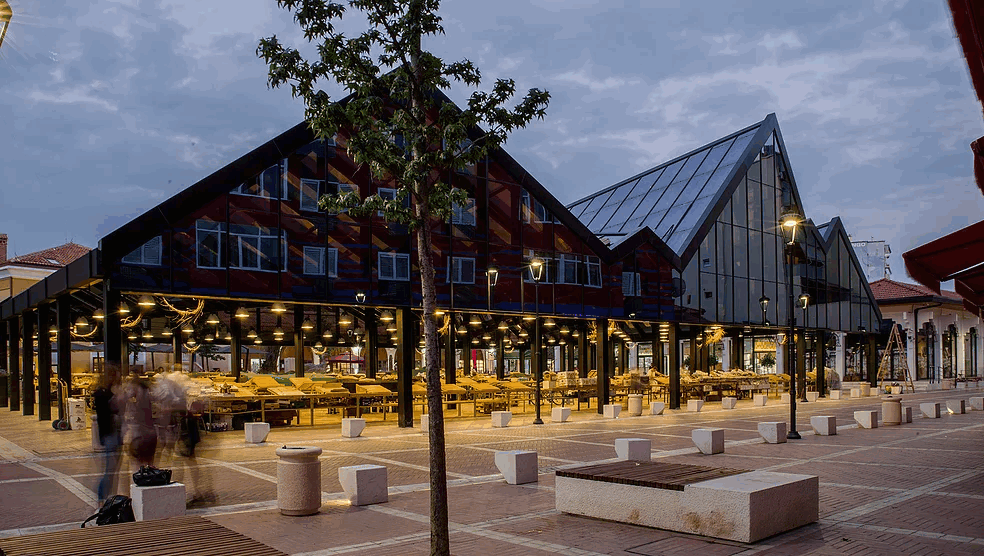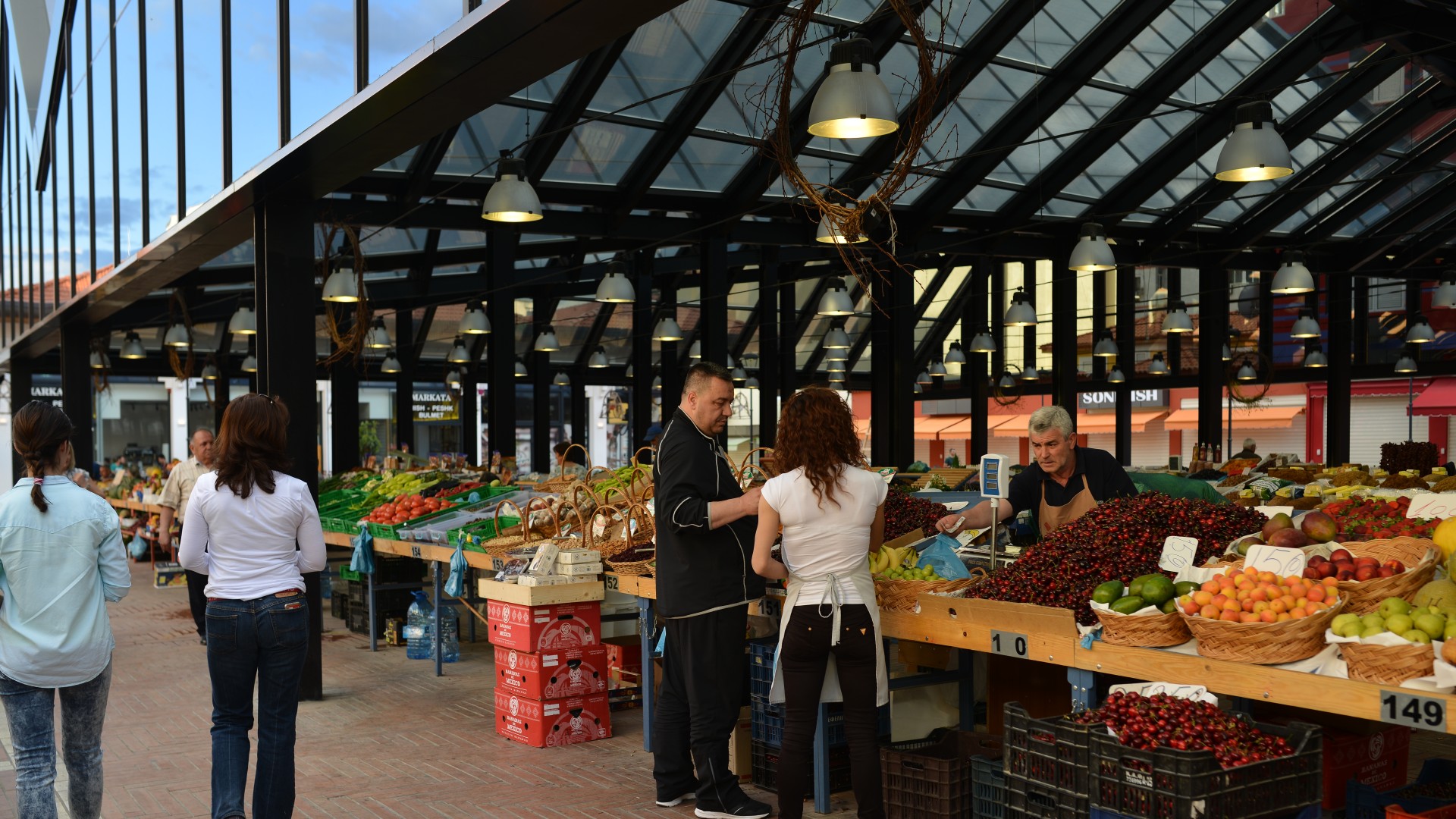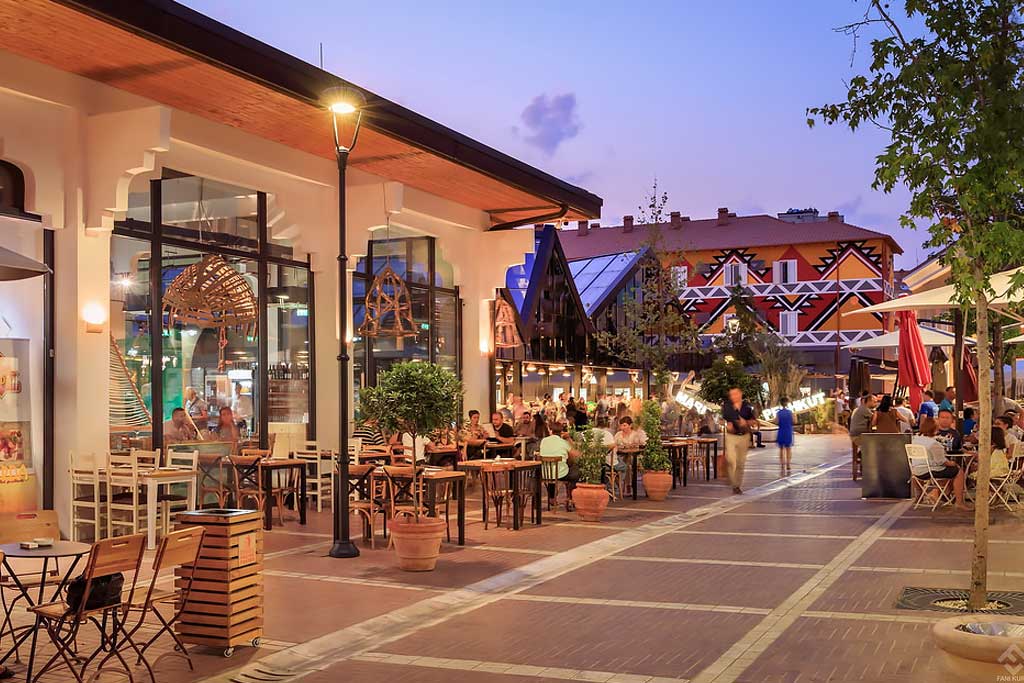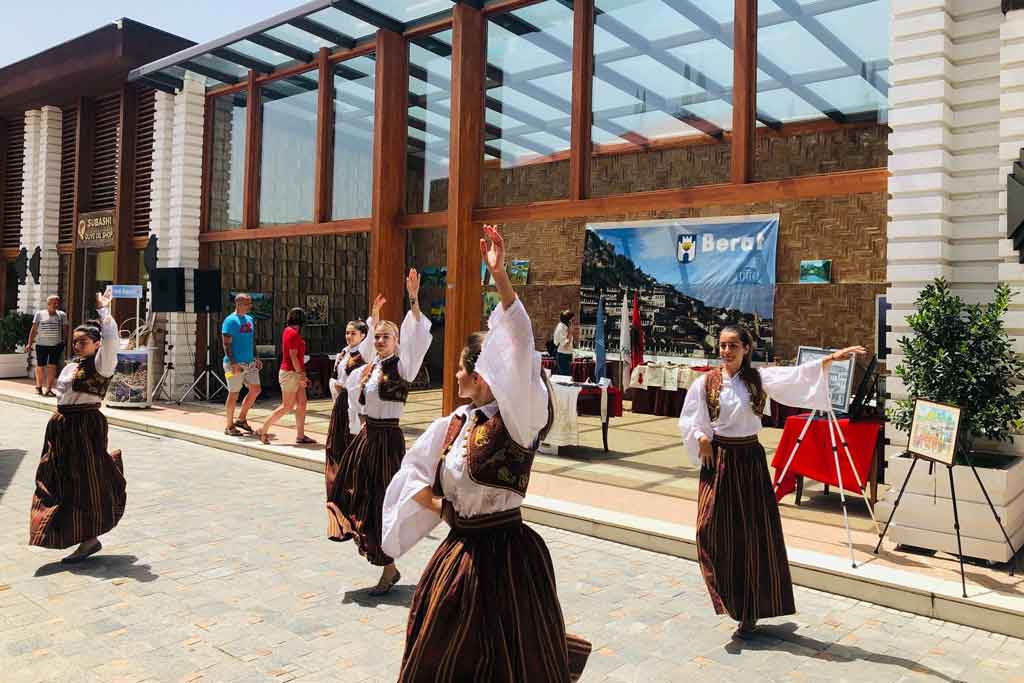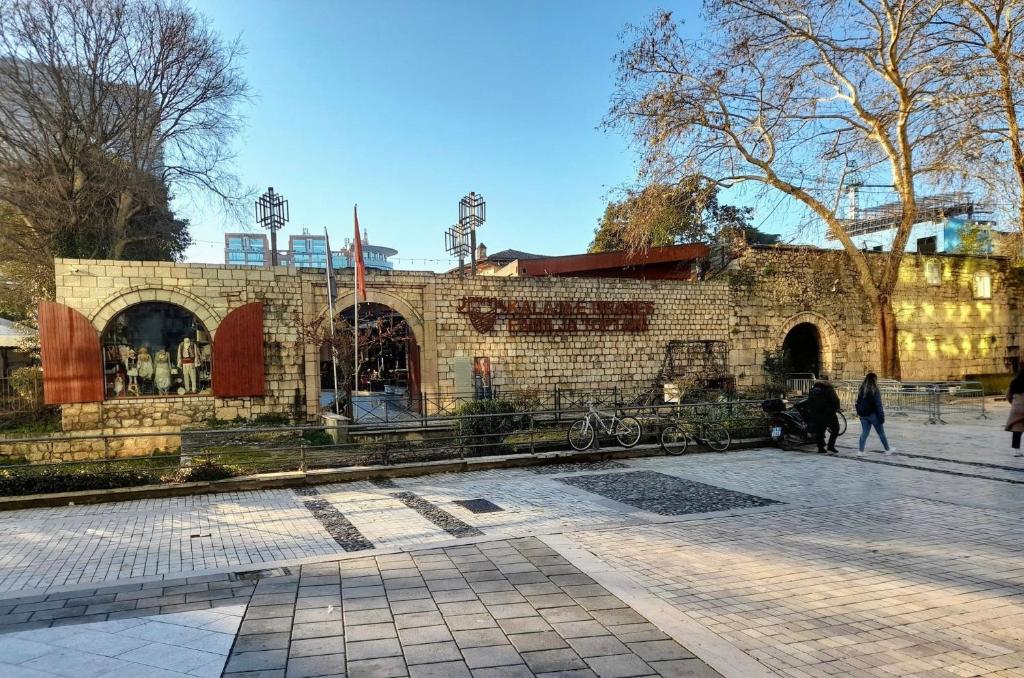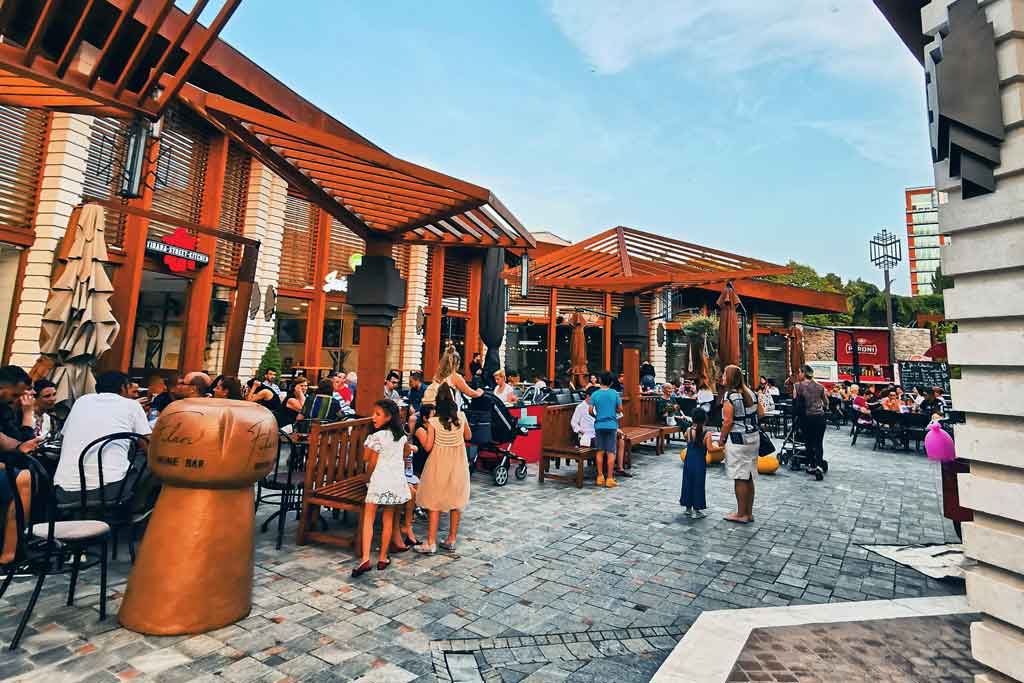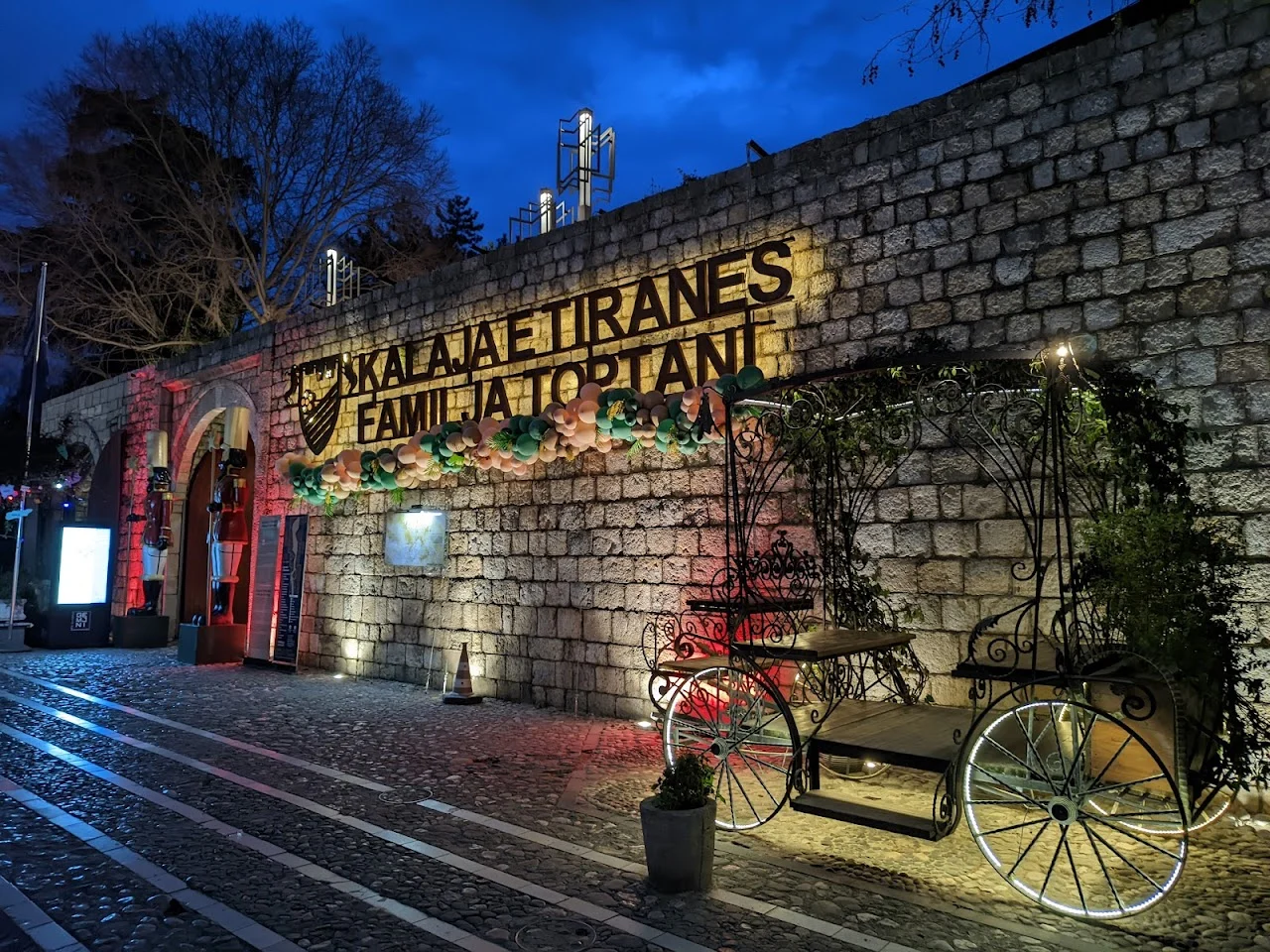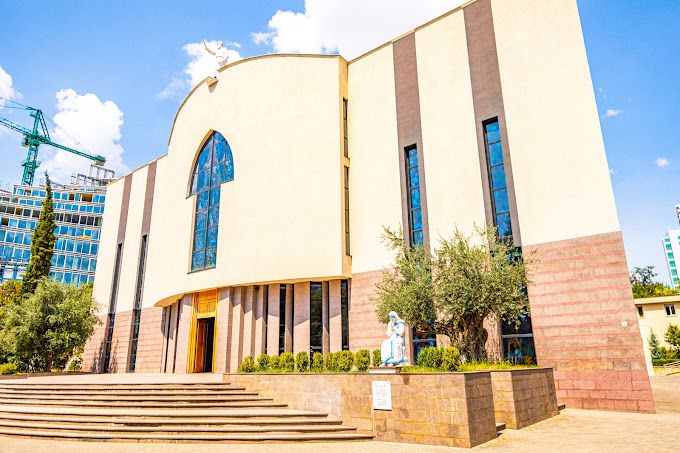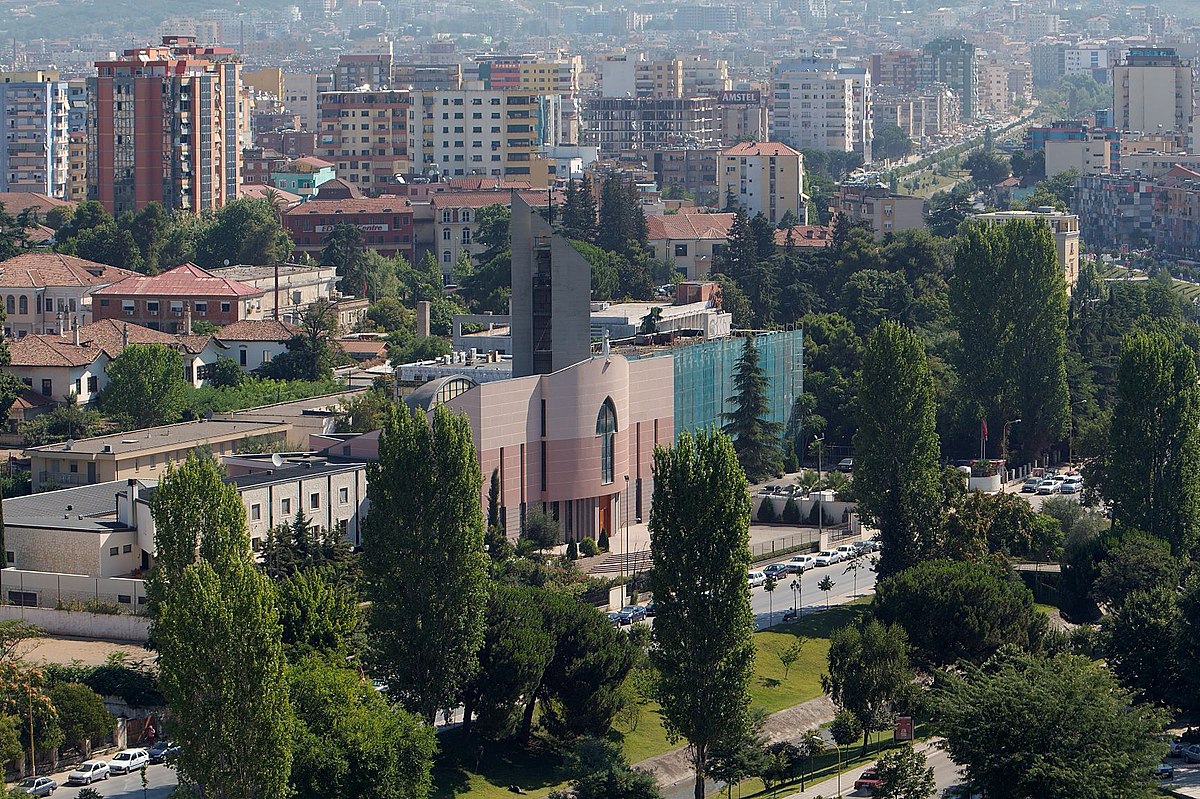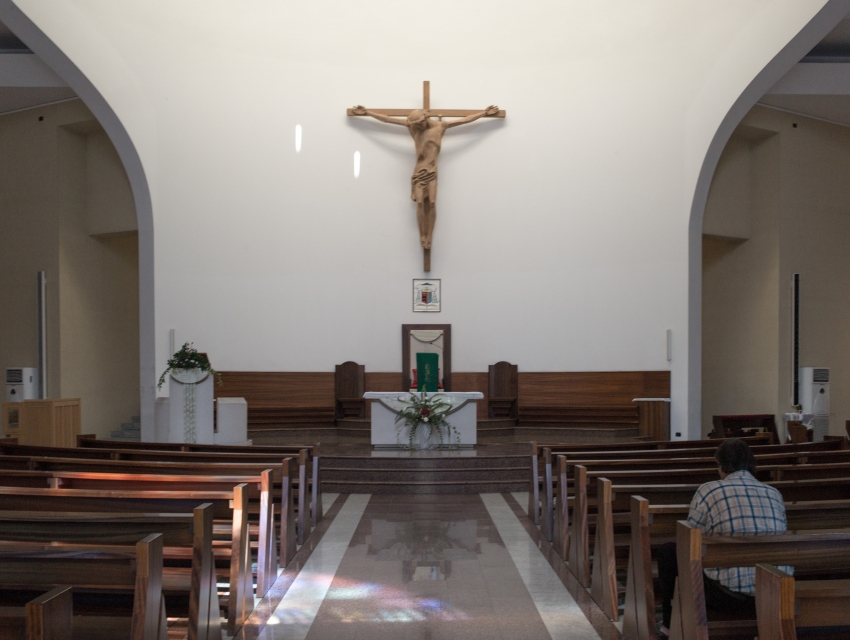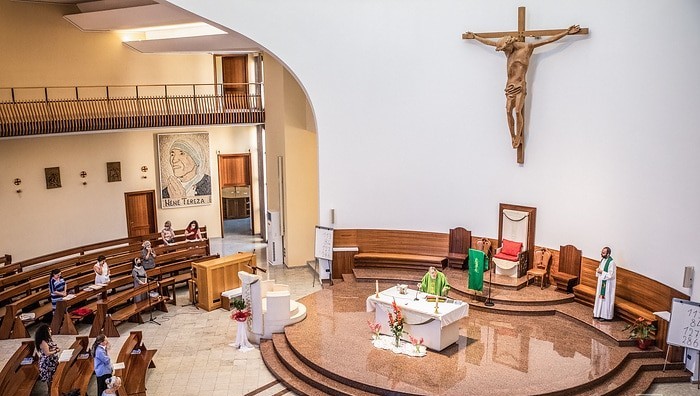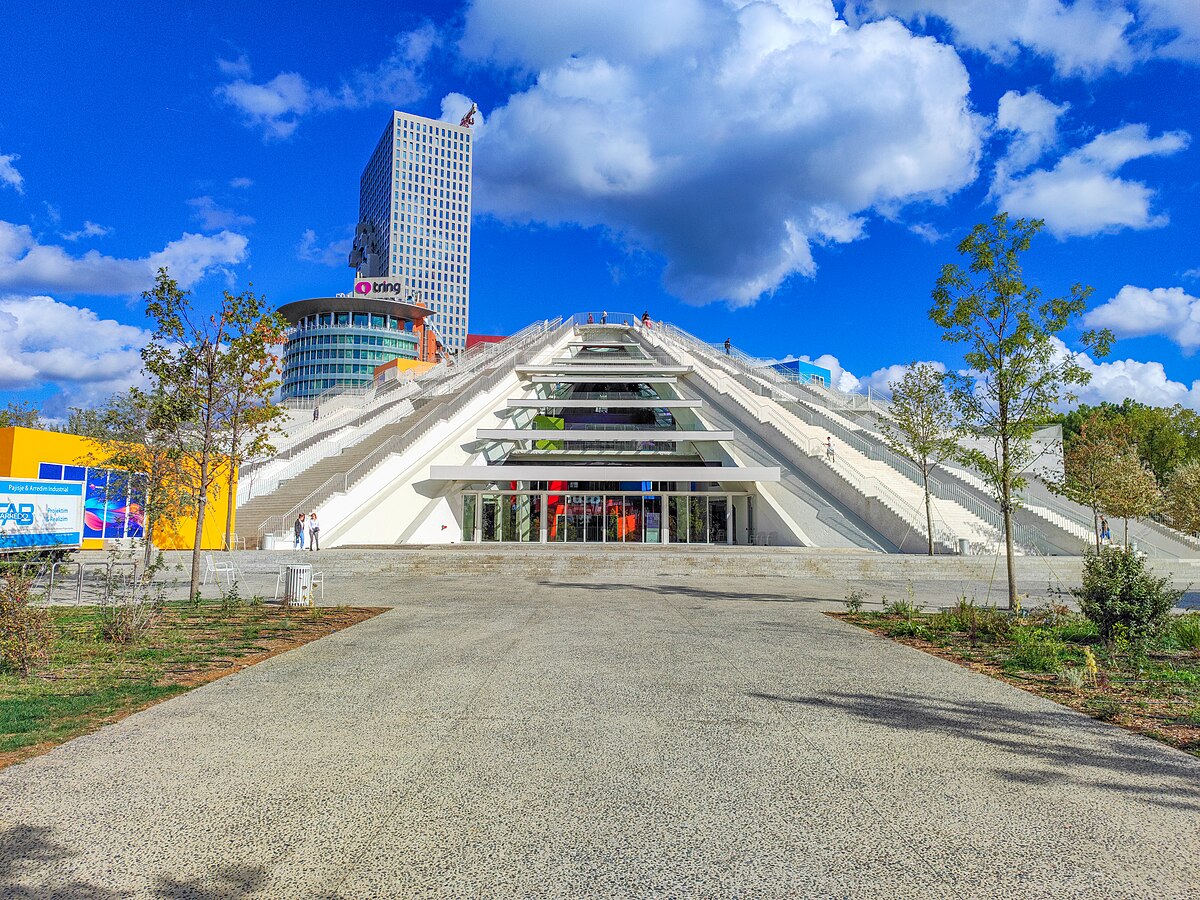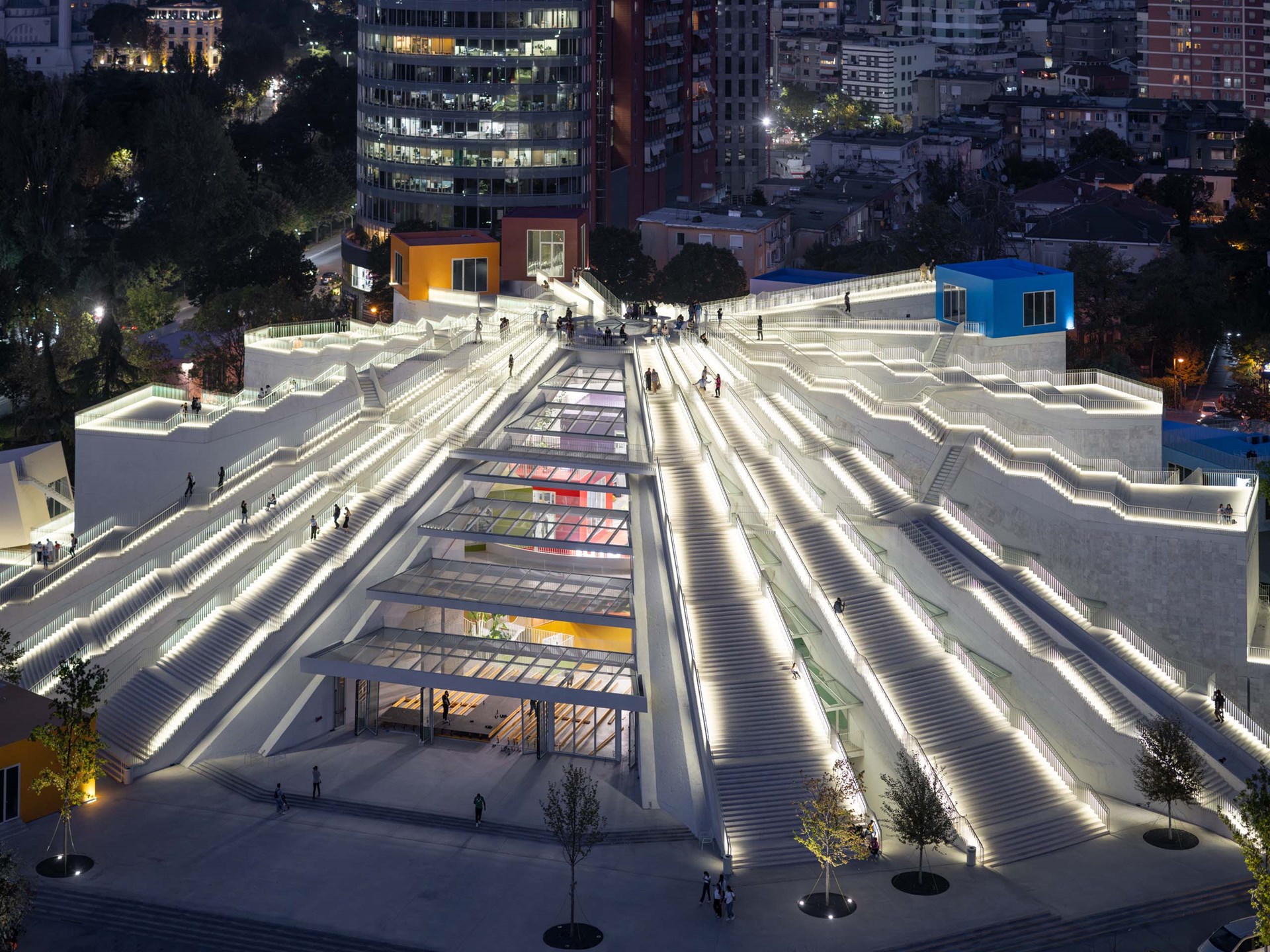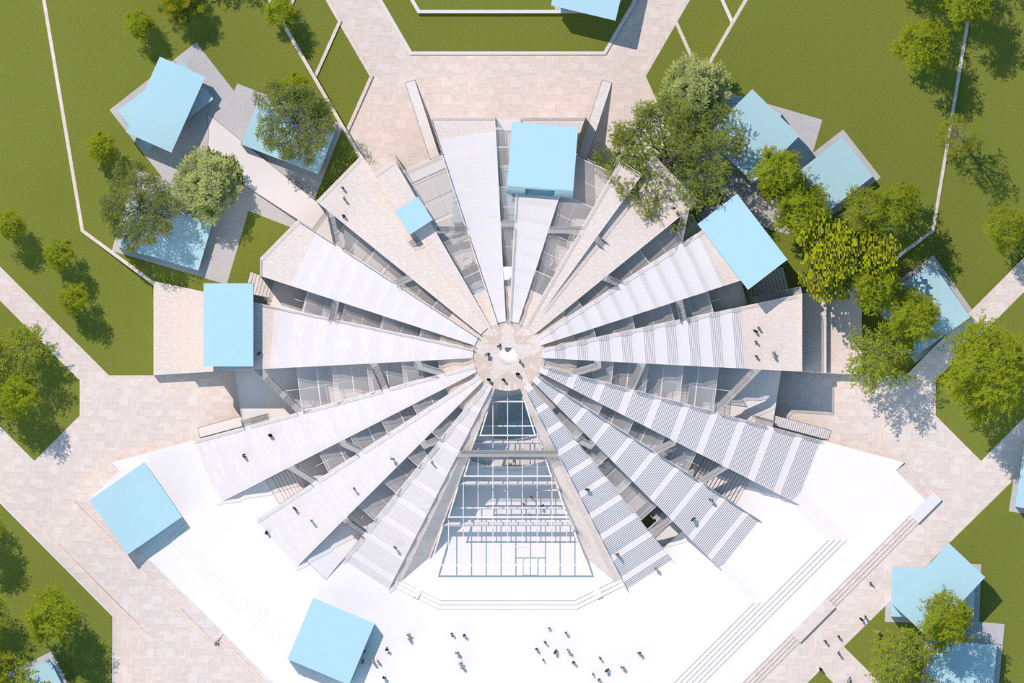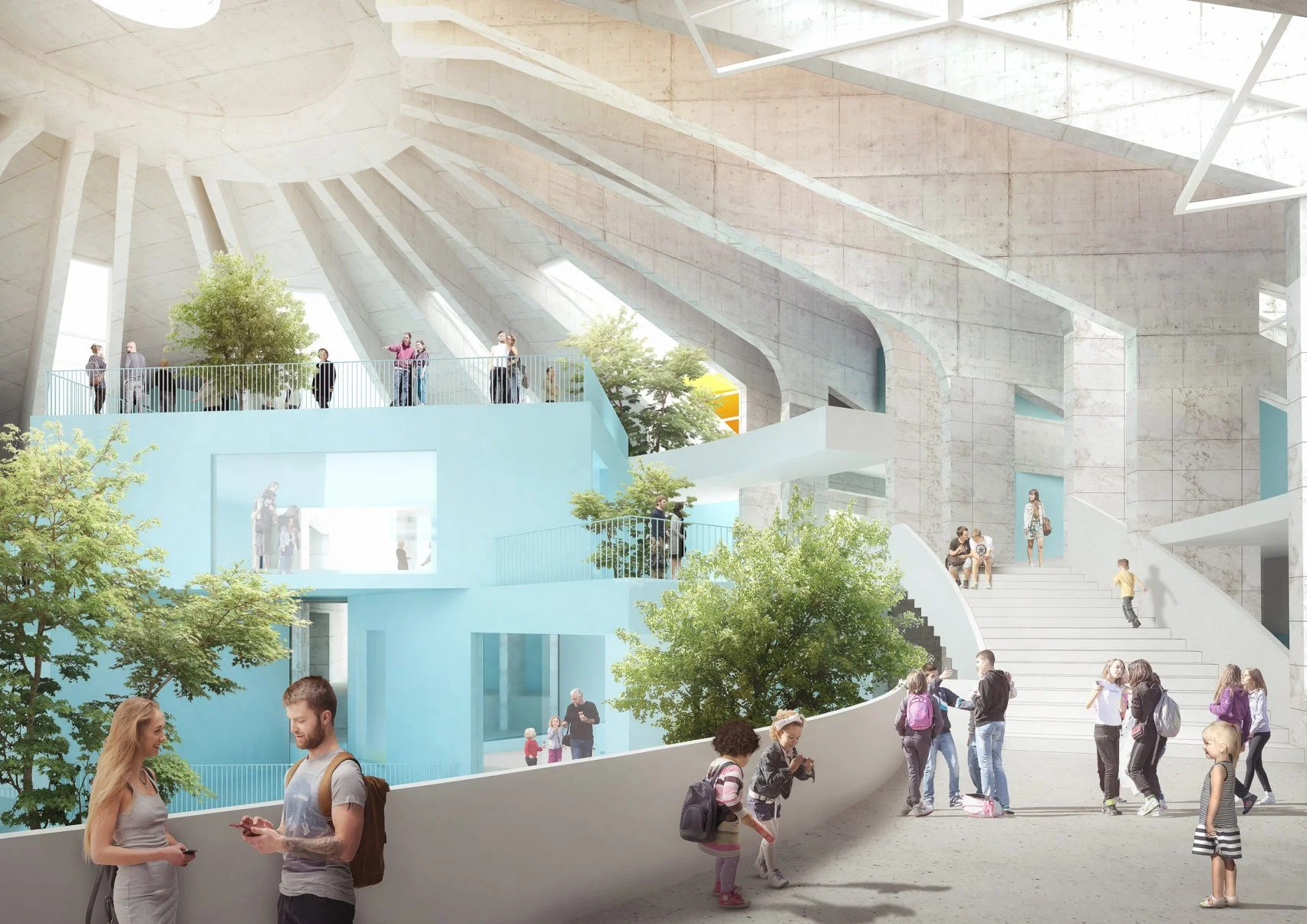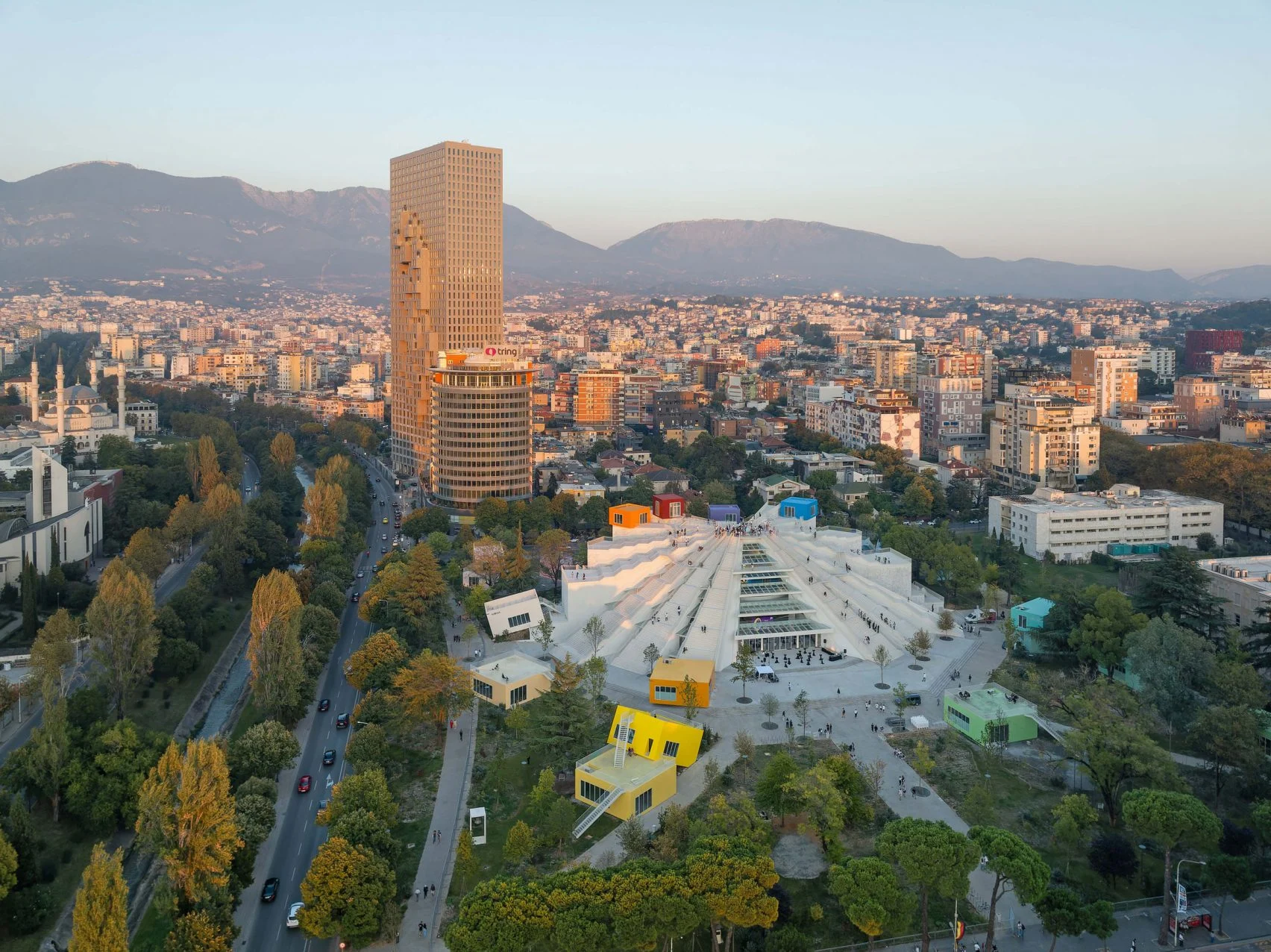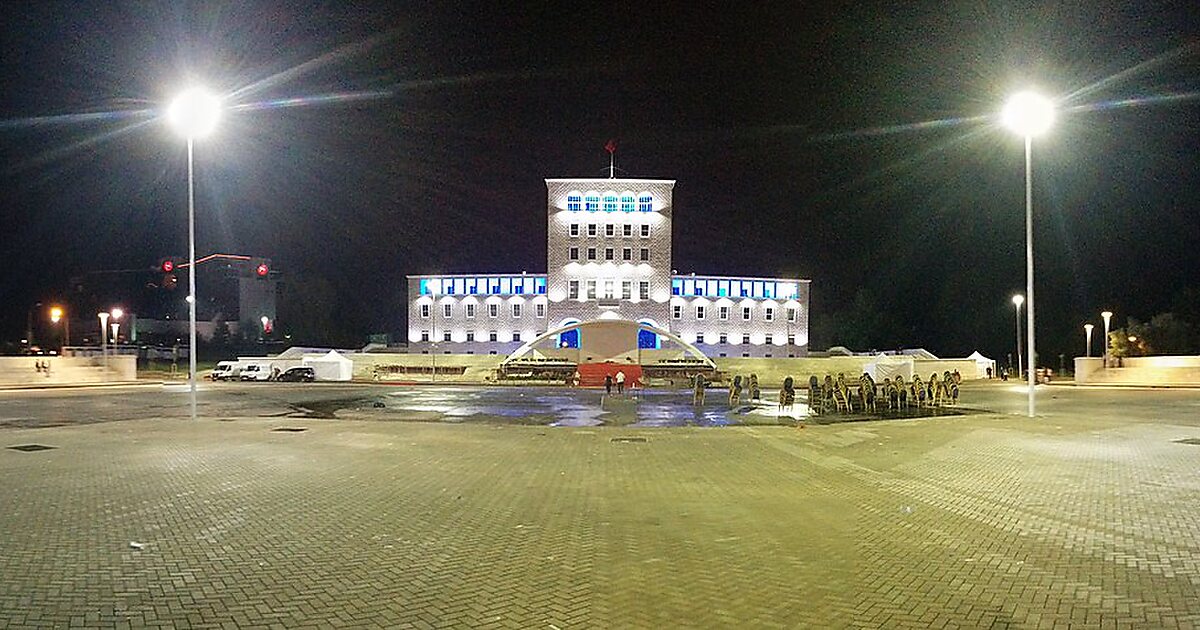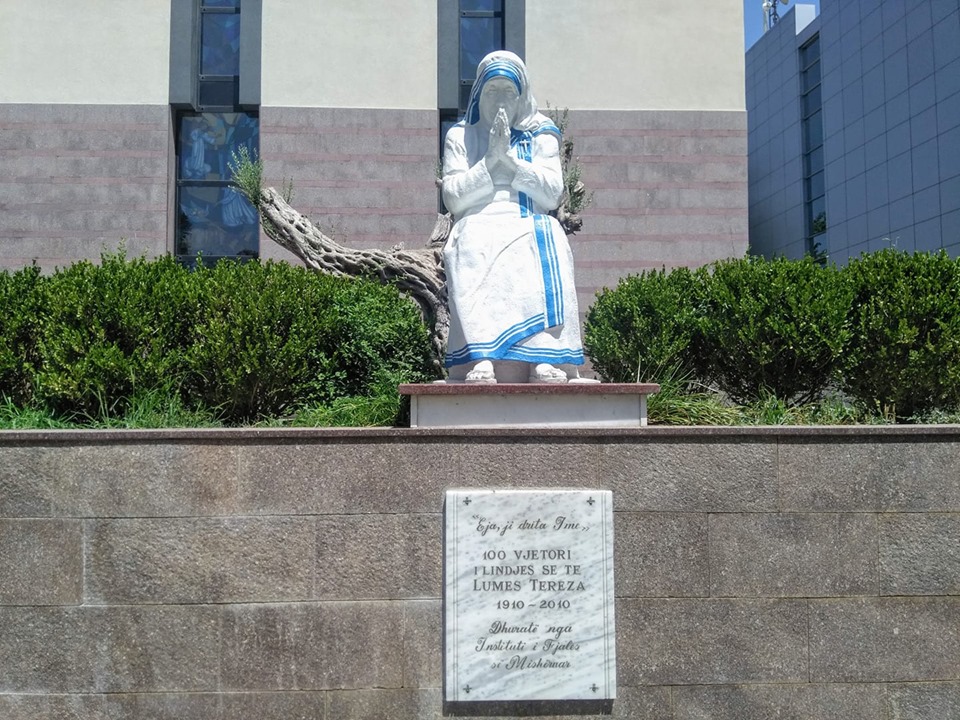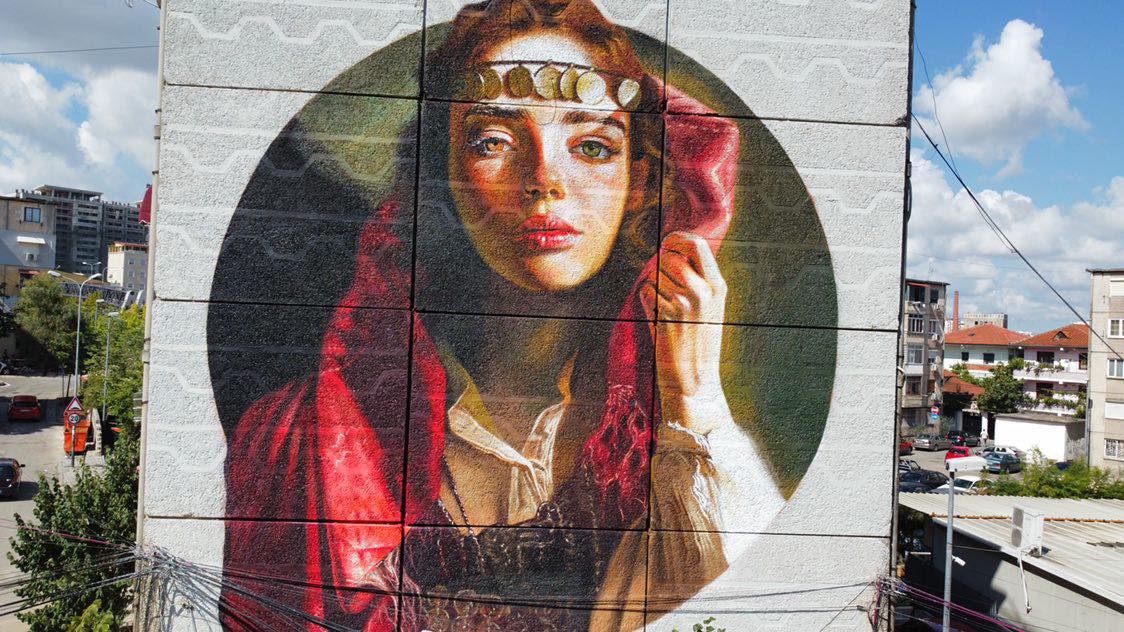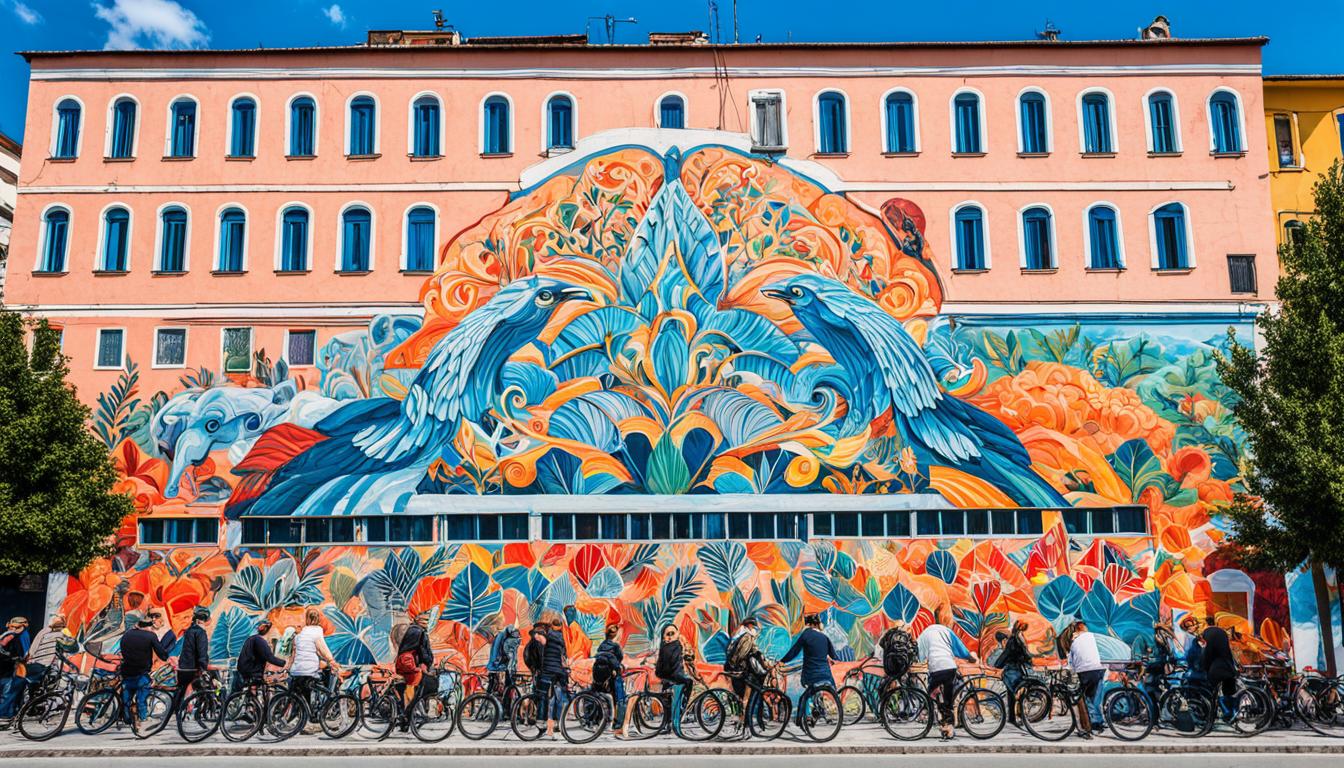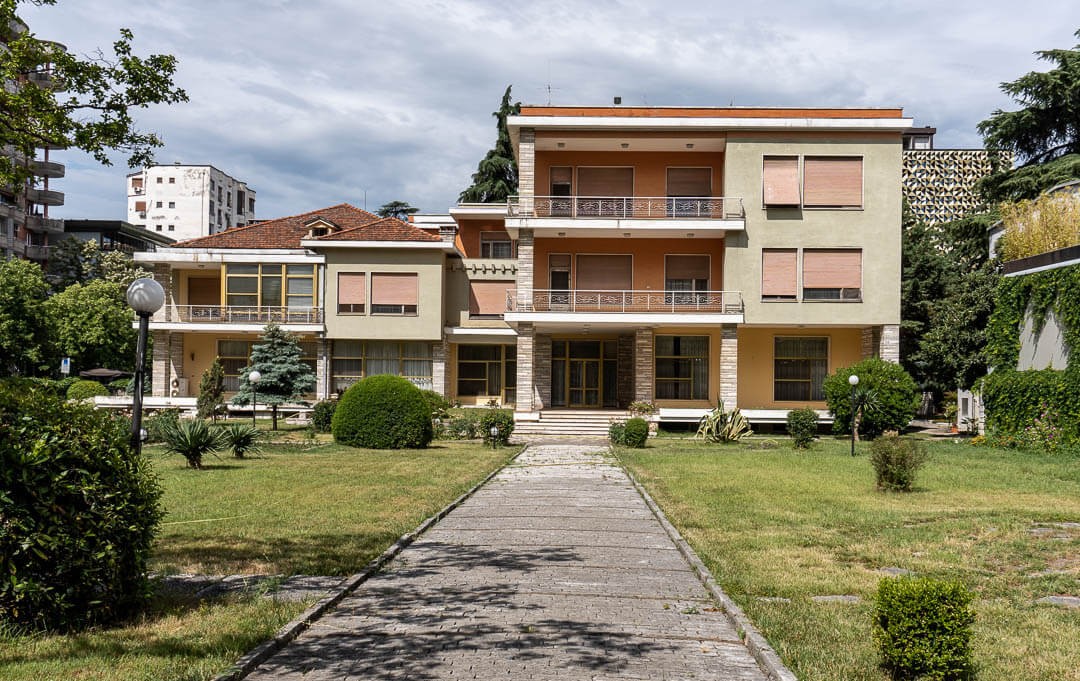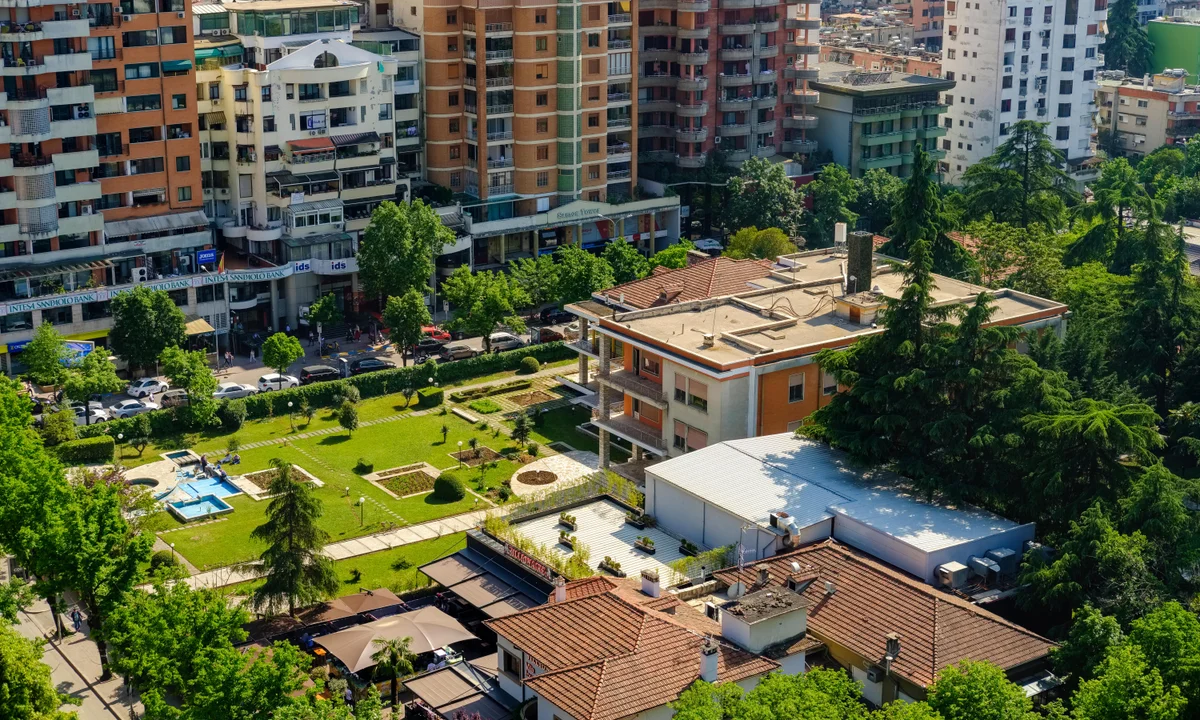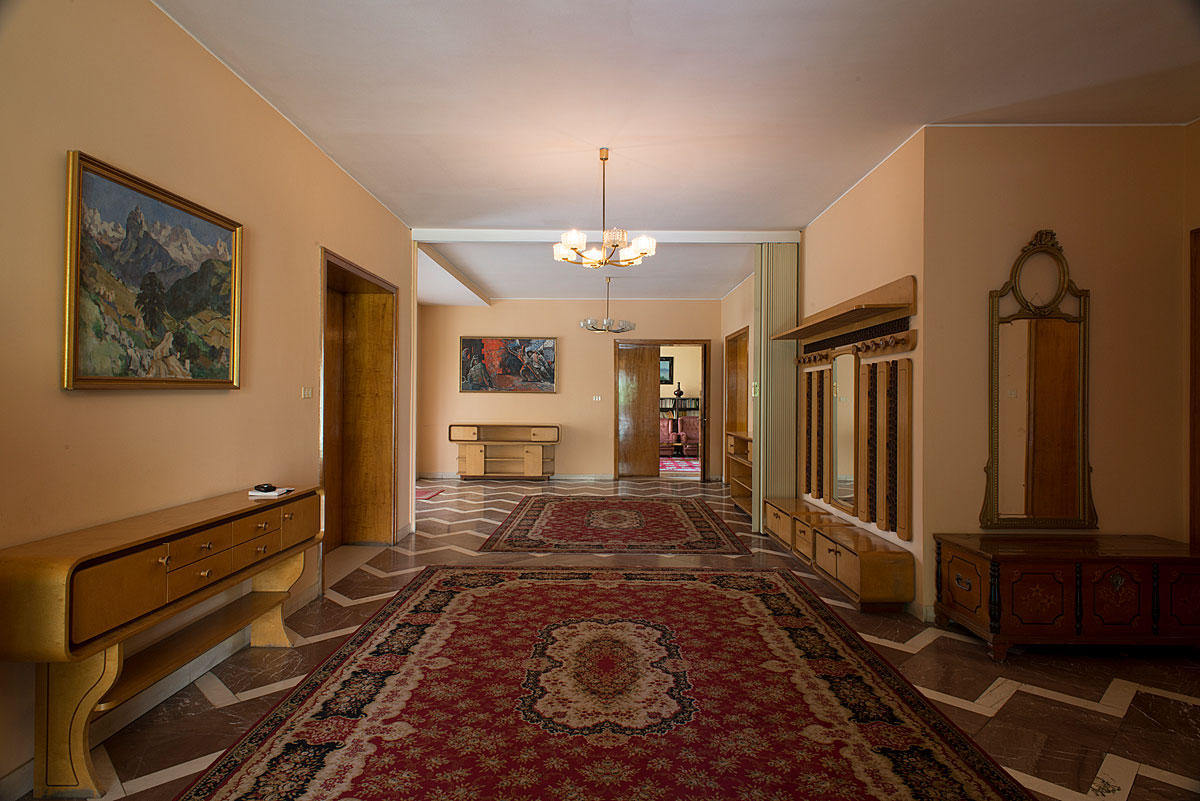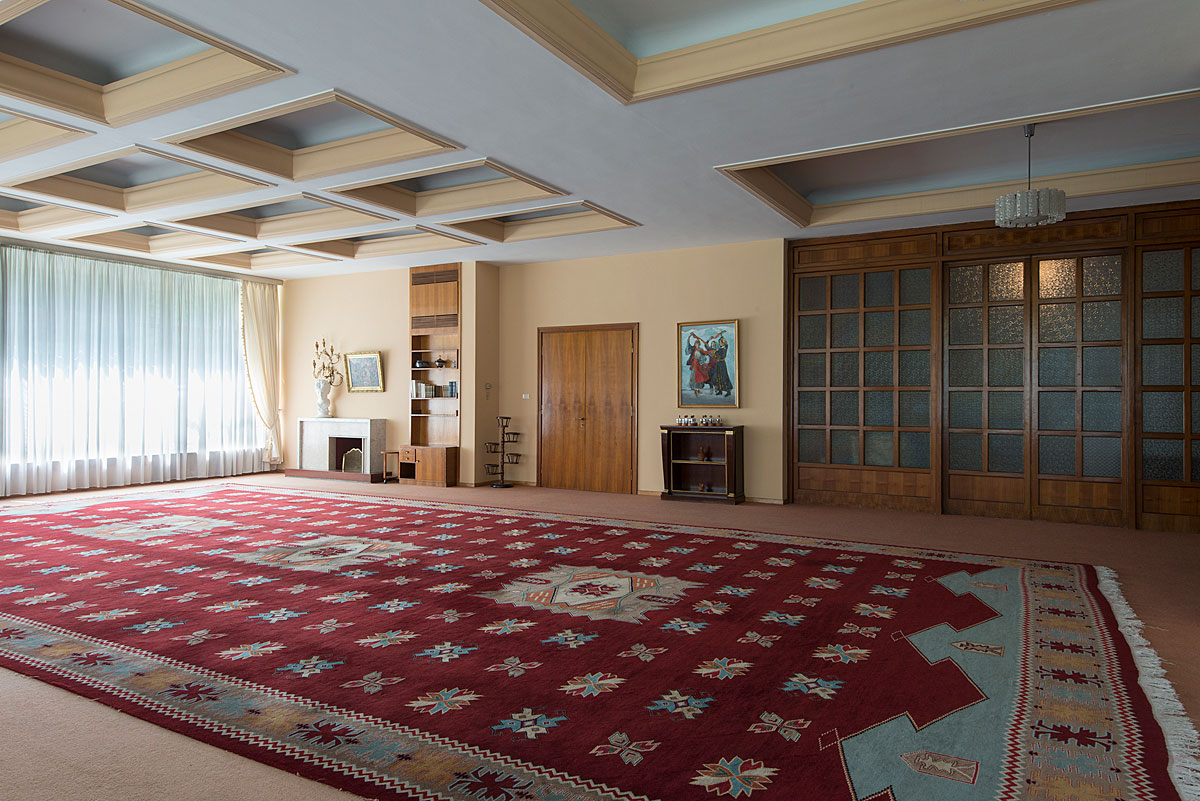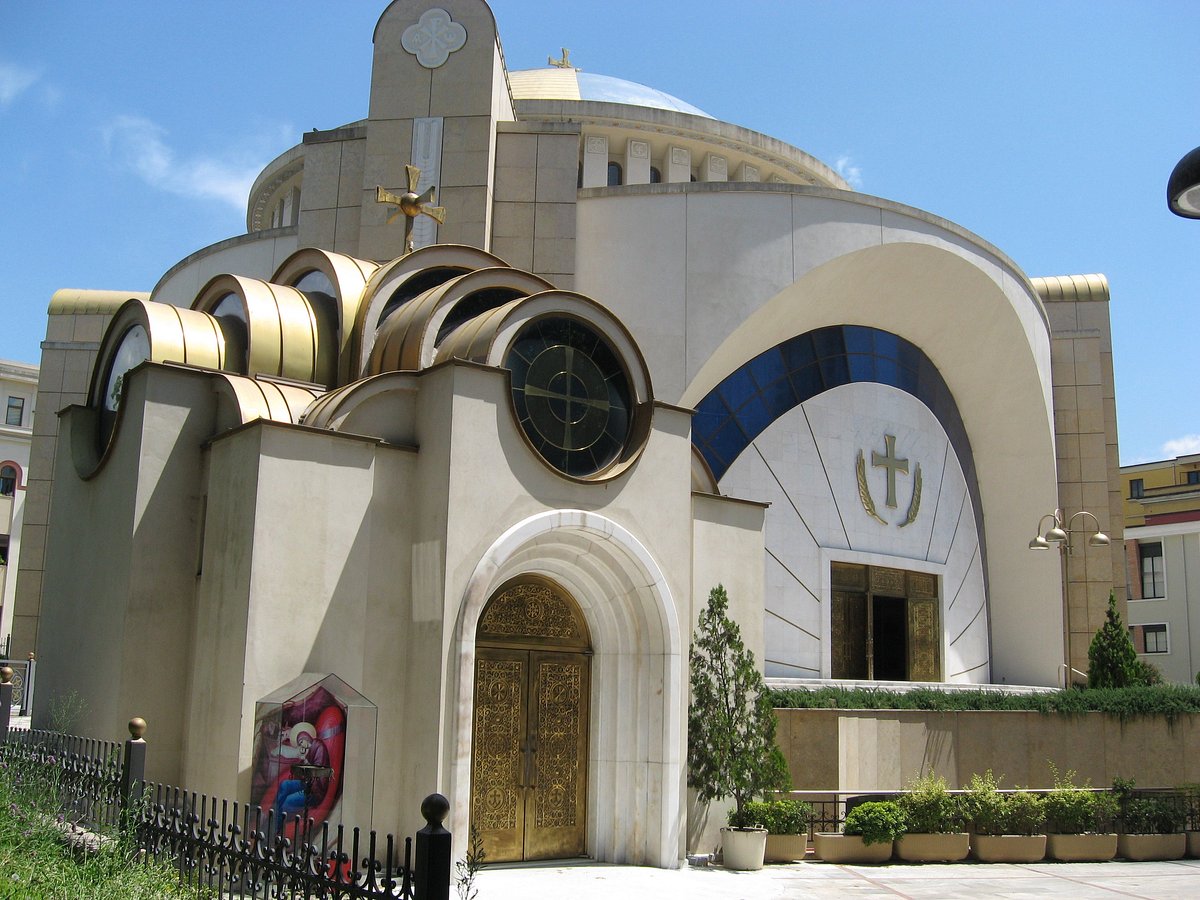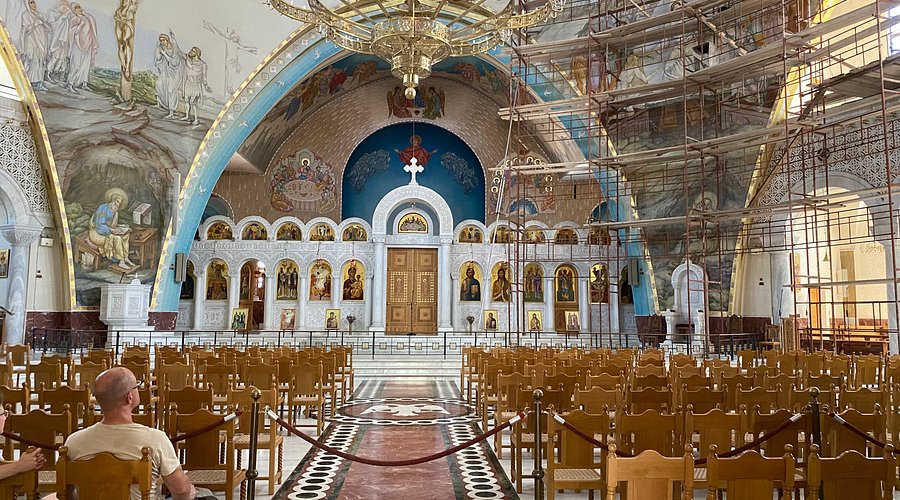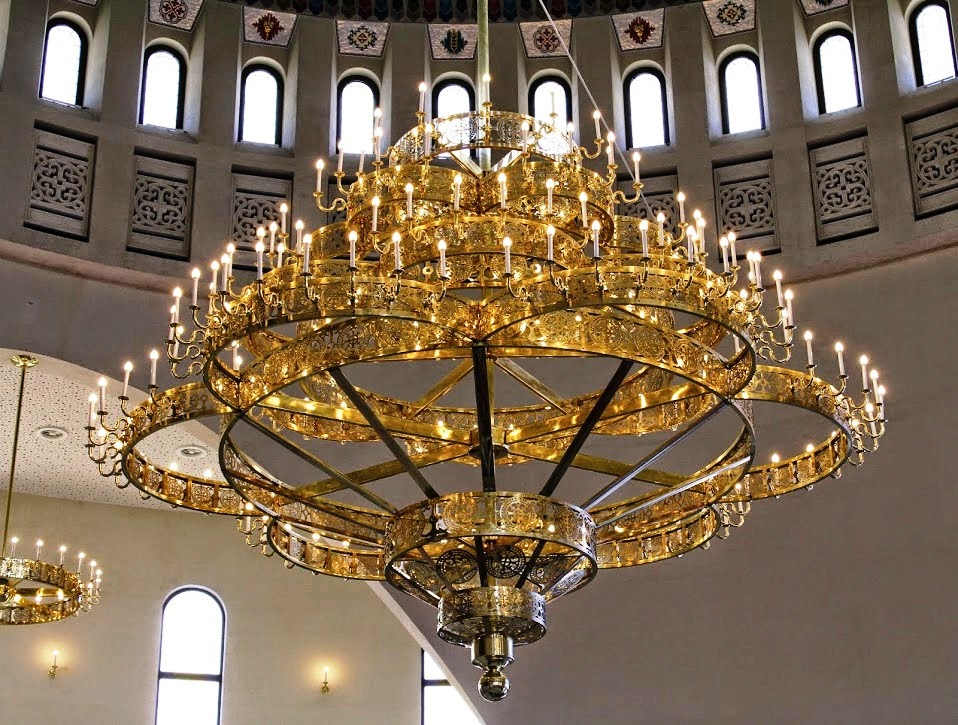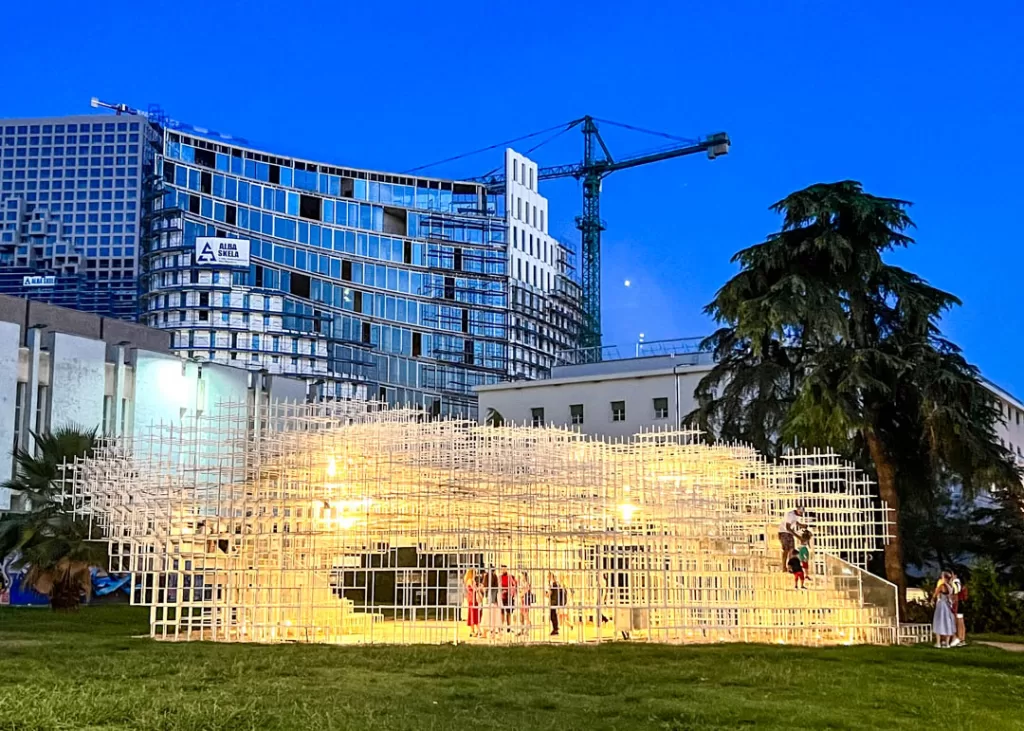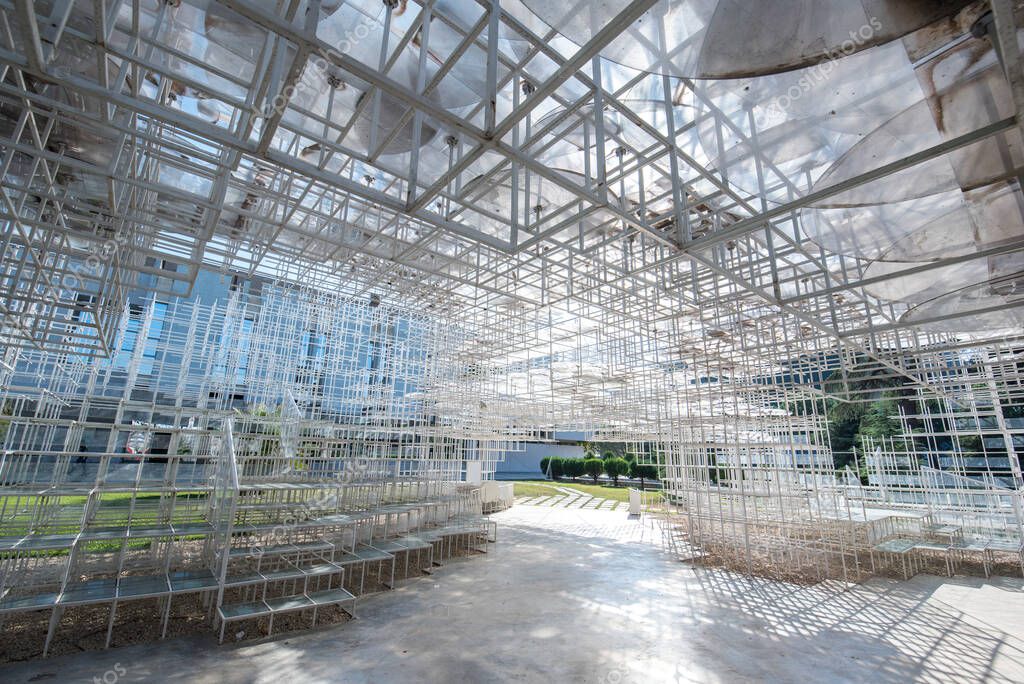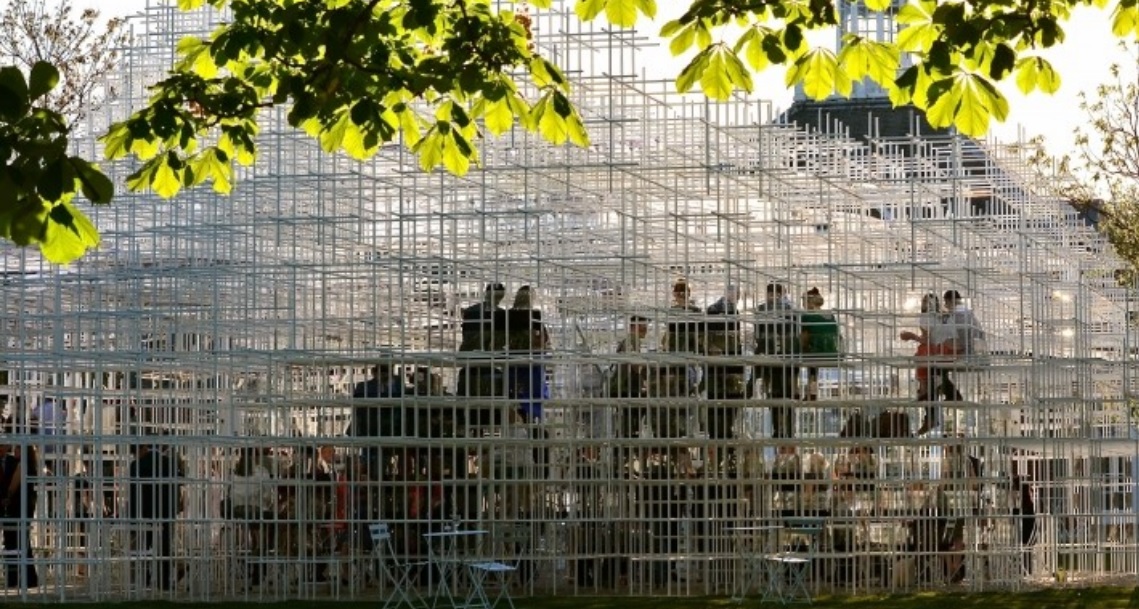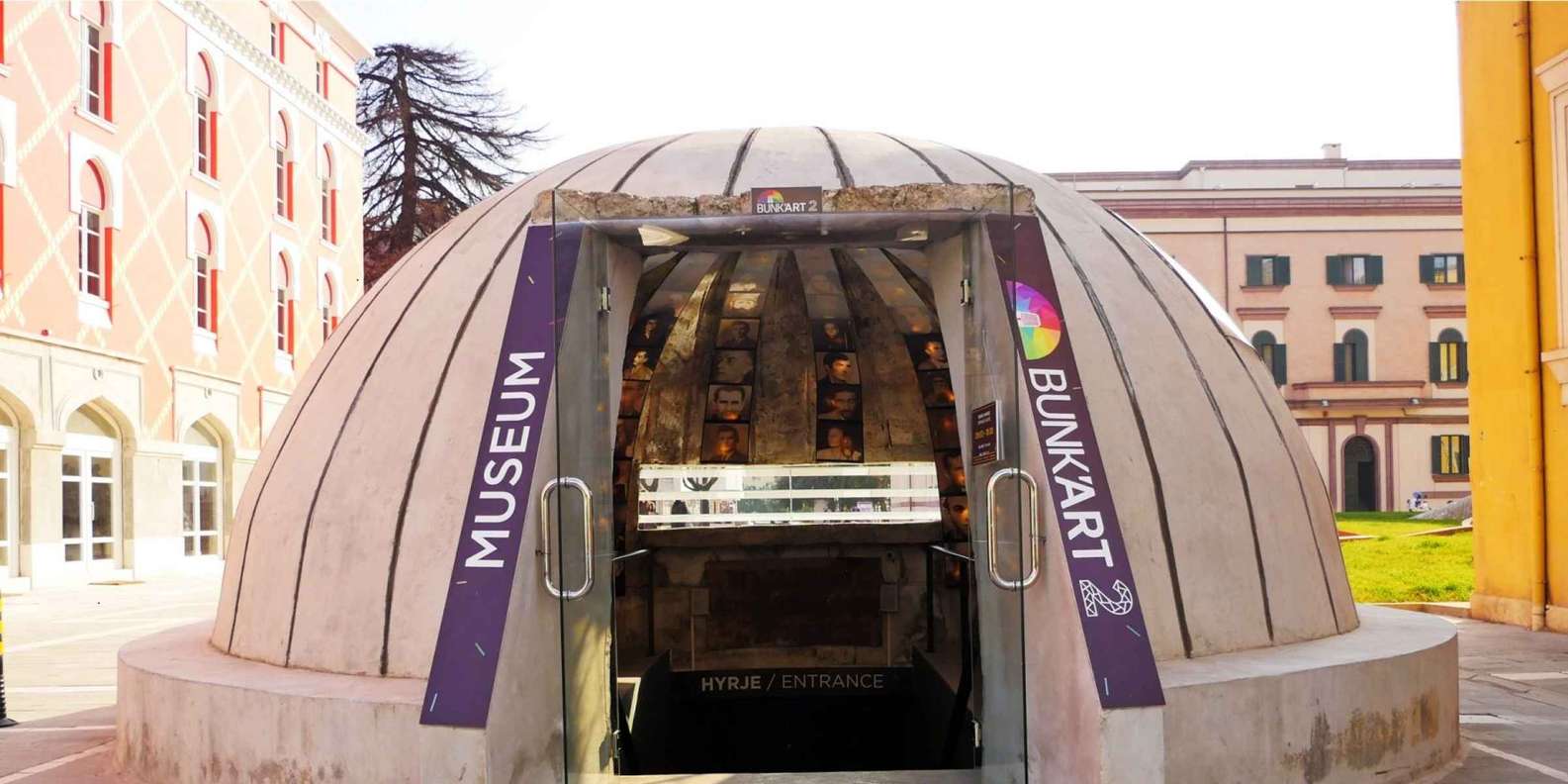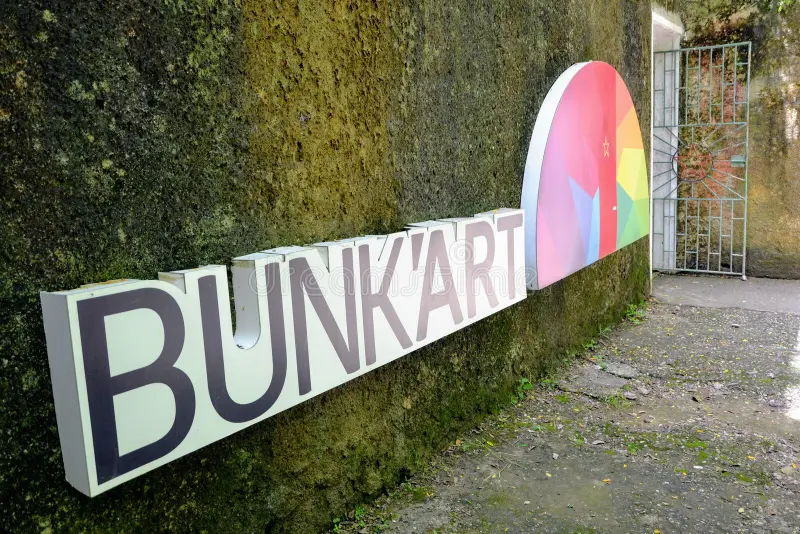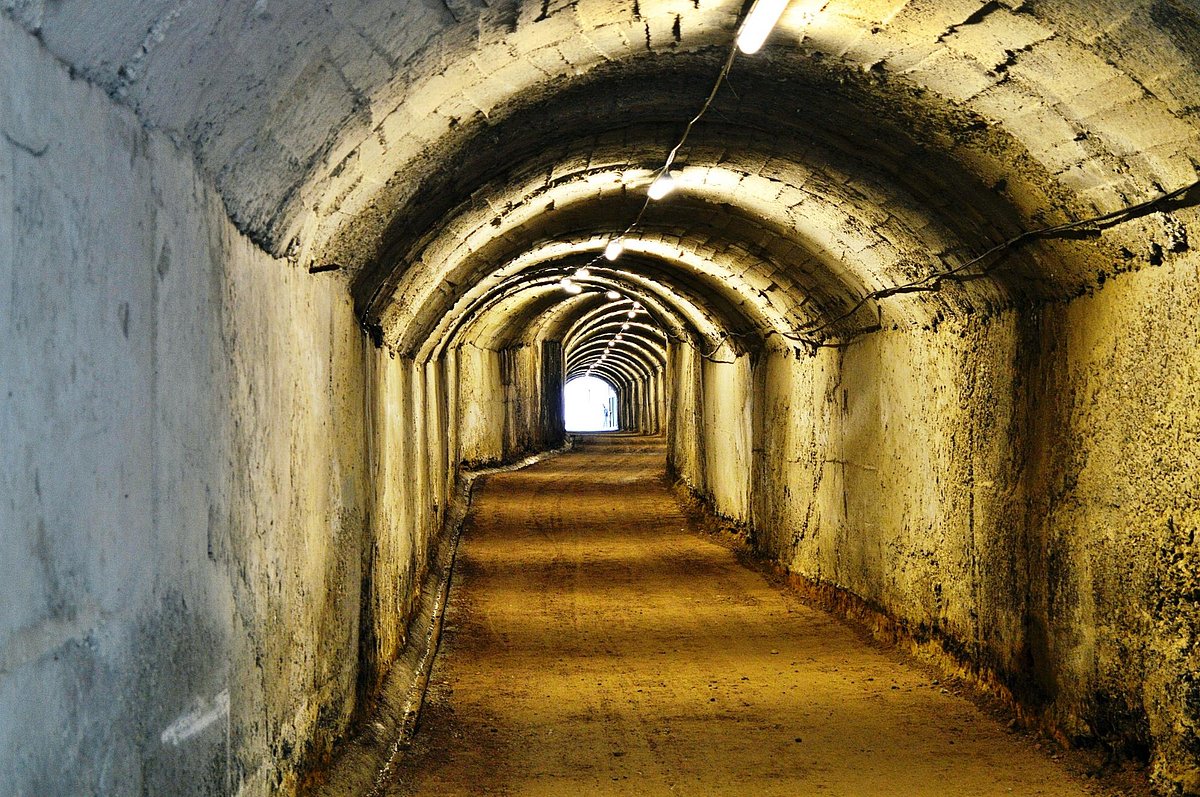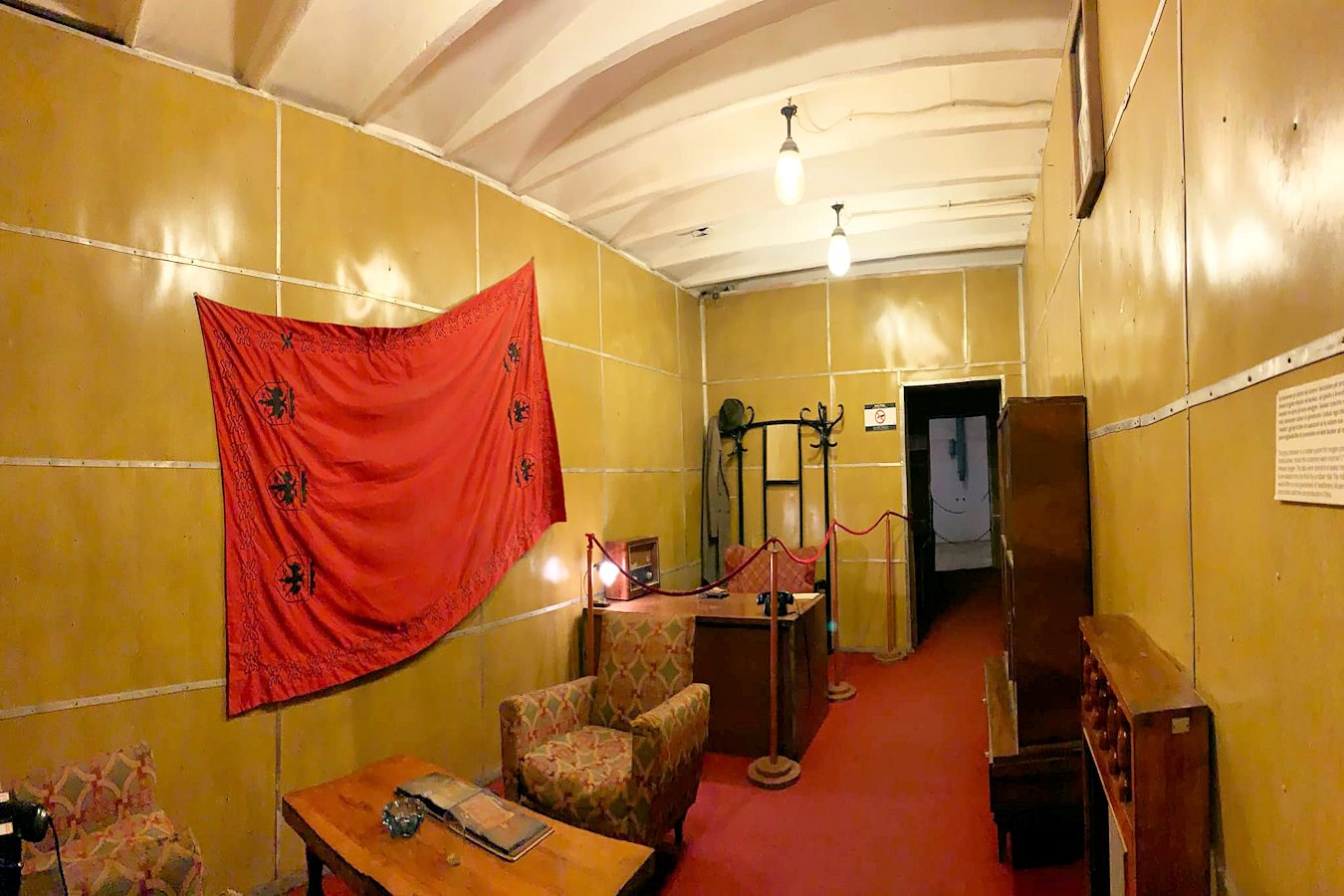Tirana City Tours
Package Overview
Tirana city tour
Language: Albanian, Arabic, English, Spanish, Italian, French, German.
Time of the tour (approximately): 2-3 hours
This tour is to explore the vibrant city of Tirana, from the medieval age to the time. The tour includes some of the most important attractions of the cultural heritage and the modern buildings.
Tirana, the capital and largest city of Albania, is a vibrant and dynamic metropolis at the heart of the country. Founded in the early 17th century, it became the capital in 1920 and has since grown into Albania’s cultural, economic, and political hub. The city blends a rich history with modern urban development, featuring landmarks such as Skanderbeg Square, the Et'hem Bey Mosque, and the Pyramid of Tirana. The city's colorful architecture, influenced by its Ottoman, Italian, and communist past, adds to its unique character. Tirana is also known for its green spaces, including the Grand Park and Artificial Lake, which provide a refreshing contrast to the busy streets...
Today, Tirana is a fast-growing city with a youthful energy, fueled by a thriving café culture, lively nightlife, and a burgeoning arts scene. The Blloku district, once restricted to communist elites, is now a trendy area filled with restaurants, bars, and shops. The city has undergone significant transformation in recent years, with improved infrastructure, modern buildings, and urban renewal projects. As Albania’s main gateway, Tirana is well-connected to the rest of the country and the world through Tirana International Airport. With its mix of history, contemporary culture, and ongoing development, Tirana is an exciting destination for visitors and a crucial center for Albania’s future growth.
1 1.Scanderbeg Square
"Skënderbej" Square is the main square of Tirana with an area of 40,000 m², which makes it the largest square in Albania.
"Skënderbej" Square is the main square located in the center of Tirana, Albania. The square is named after the Albanian national hero Gjergj Kastrioti Skënderbeu. The square is surrounded by the Palace of Culture, the Tirana Hotel, the National Museum and the Bank of Albania.
The history of the square began in 1917, about 100 years ago, when the first parliament in Tirana was built, the building where the Puppet Theater is currently located. Then at the time of King Zog, the first ministries with Italian style architecture were built in this area.
The Skanderbeg monument which dominates the square was placed in 1968 during the period of the dictatorial regime. After the monument was placed, the square was restored, and a fountain was placed in the middle.
At the time of the dictatorial regime, the Opera and Ballet Theater, the National Museum and the Tirana International Hotel were also built, which can be called a precious part of Albanian history.
2 2.Et’hem Beu Mosque
Et'hem Beu Mosque is located in the center of Tirana. It began to be built by Mulla Bey who came from Petrela in 1789. It was completed in 1821 by Mulle Bey's son, Haxhi Et'hem Bey. The mosque was in the final stages of construction and the erection of the tower next to the mosque was becoming an inseparable element of local tradition.
History
Mulla Bey, who laid the foundations of this pulpit, managed to finish the corners of the dome of this mosque. The deceased could not experience the decorations and painting in this mosque after he passed away in 1807. The Mulla's son, Haxhi Et'hem Bey, rich in knowledge and position, managed to complete the minaret of the mosque. He decorated the mosque with paintings, built the ceiling of the portico and was able to finish the mosque in 1830-1831.
After this time, the Azan began to be heard from this mosque 5 times a day. There is no information about the architect of this mosque, but for the side of painting the mosque among the people of Tirana it is said that there were 2 intellectual citizens of Tirana named Isuf Zorba and Mulla Halim Bulku. A feature of this mosque is the introduction of the element of nature in its decoration with a magnificent view and decorated with "Ajetul Kursine", written in a spiral shape. At the bottom of the dome are written the 99 names of Allah. The mosque contains 18 windows, has a large wooden mimber. The mosque also has a nafil where women pray.
3 3.New Bazar
Visit of the new bazar and its surroundings of the street art and restaurants.
The New Market is located in Avni Rustemi Square, 8 minutes from the center of Tirana and has become the newest attraction of the city. Before the inauguration, the New Bazaar was not so attractive, where traders sold their products in not very good conditions. The New Bazaar was an investment the city needed, as the area had lost its beauty and authenticity.
Now the New Market, in addition to being well organized and with contemporary conditions, has been added as an attraction of the city due to the unique facades that have preserved the Italian architectural style, the decorations with Albanian motifs, as well as the placement of several squares to rest, make this quite attractive point. Since the day of the inauguration, visitors have increased not only because of the beautiful buildings, but also to enjoy a good coffee or a good lunch in the restaurants that offer traditional cuisine near this area.
The New Market serves not only as a food market, where you can certainly find fresh vegetables, fresh fruits, meat and other products, but also as an area where people can spend time and have fun with their families or friends. During the weekends, different activities are organized here, such as an artisan fair, concerts and theaters for children.
4 4.Tirana Castle
The castle is located in the center of the capital of Albania, Tirana, and is one of its most frequented areas. Tirana Castle is a monument of cultural heritage, approved in 1973. It represents a fortification with a rectangular plan measuring 160x120 m.
The castle, as the most ancient evidence of the city, is located exactly where the old and new roads that connected Tirana with other cities in Albania intersected. The castle today remains the historical core of Tirana.
5 5.The San Pietro Cathedral
The cathedral was built at the end of 2001 and is one of the largest and newest cathedrals in Tirana. It belongs to the Catholic Archdiocese of Tirana-Durres. Its name recalls the Apostle Paul as the first evangelist of the Albanian lands, in 52 AD. In a letter addressed to the Romans, Saint Paul declares that: "he took the holy word from Jerusalem and around to Illyria". Inside the cathedral there is a monument to Mother Teresa and that of Pope John Paul II.
6 6.The Pyramid of Tirana
The "Pjeter Arbnori" International Culture Center, Pyramid or Former "Enver Hoxha" Museum was built and inaugurated as the "Enver Hoxha" museum in 1988 in Tirana, that is, three years after the death of Enver Hoxha. It was designed by a group of architects including Klement Kolaneci, Pranvera Hoxha, Pirro Vaso and Vladimir Bregu. This museum, which cost 3.5 million dollars, was built at a time when the Albanian people lived in extreme poverty.
The museum was built in two years. 300 workers constructed the project. Today the museum has turned into the "International Center of Culture".
7 7.Mother Teresa Square
The Mother Teresa Square (Albanian: Sheshi Nënë Tereza) is the second largest square in Tirana, Albania. It is named after the Albanian-born Indian Roman Catholic nun, missionary and Nobel Peace Prize laureate Mother Teresa.[1]
The square was planned by the Italian architect Gherardo Bosio, and built together with the main Boulevard in 1939 to 1941, during the Italian occupation of Albania, in a Rationalist style. When the square was first constructed, it was named Victor Emmanuel III Square in honor of Victor Emmanuel III of Italy.[2]
It is located on the south end of the Dëshmorët e Kombit Boulevard and important buildings are situated on this square. The building include the University of Tirana, the Polytechnic University, the University of Arts, the Archeological Museum and the Centre of Albanological Studies.
On 1980 a fountain was placed on the middle of the square and after the fall of communism in Albania it was named after Mother Teresa and a statue of her was placed on the east side of the square. Both the statue and the fountain were later removed, after the restoration of the square in 2014 caused by the preparations for the Pope Francis visit in Tirana. Today it is a pedestrian zone, mostly used for different activities and concerts by the Municipality of Tirana.
8 Beautiful murals Tirana
9 Enver Hoxha former residence
As soon as he came to power, Enver Hoxha settled in the "Dajti" hotel in Tirana. A few days later he liked a house built in 1942 by an Italian, Velleda Lucia Costa. Koçi Xoxe lived in the next house next to it (to the east) belonging to the owner Qemal Biçakçiu.
The house where the dictator lived was on the former plot of land of former MP Hamit Muftiu from Berat. On 9.1.1940, the Mufti leased this plot of land for 99 years to the Italian entrepreneur Vittorio Ercole Belloti. During the rental period, for 2 years, the Italian lady built the house. Based on this, she asked to buy the entire plot by revoking the agreement dated 9.1.1940.
On June 2, 1942, the "deed of revocation of lease contract, cancellation of mortgage registration, sale-purchase of land and declaration of house ownership" was drawn up. Mrs. Velleda Lucia Costa from Genoa bought the entire plot of the house and plot. However, Belloti and merchant Petraq Katro from Korça lived in this house until 1944.
Qemal Biçakçiu (1921-1988) was convicted and served imprisonment in the years 1946-1960. After leaving prison, he led a difficult and joyless life. He was pursued by the State Security until his death.
Hamit Muftiu was sentenced to death and executed on March 2, 1948.
After Koçi Xoxe left Qemal Biçakçi's house, Enver Hoxha took that house as well. He connected both with a common corridor. In 1973, next to this house, he built the new extension that is known today as villa no. 31.
10 10.The Autocephalous orthodox Cathedral
Is an Eastern Orthodox Church widespread in Albania. It ranks 13th in the diptychs of the Patriarchate of Constantinople (Istanbul, Turkey) and 12th in the diptychs of the Moscow Patriarchate. Its primate holds the title "His Beatitude, Archbishop of Tirana, Durrës and all of Albania". Since 1992 this role has been played by Archbishop Anastas Janullatos.
11 The cloud “REJA”:
The installation 'Cloud' by the Japanese artist Sou Fujimoto is a monumental work of art and a modern space for cultural life in Tirana. Since 2017, "Reja" has served as a space for cultural and artistic events in the capital.
The pavilion is a delicate three-dimensional structure. Each unit consists of thin steel bars, in rectangles measuring 800 mm and 400 mm. The structure forms an irregular, semi-transparent weave that, at the same time, protects visitors from the elements, but also allows them to remain part of the landscape. The footprint of the building is 350 square meters, and the pavilion will have two entrances.
A series of stepped terraces will create the possibility to sit inside the "Cloud", which will allow the pavilion to be used as a flexible and multi-functional social space.
12 Bunk'Art (extra 1 hour – Entrance fees: €4-5 Euros)
Such a bunker with 5 underground floors was built between 1972 and 1978, with 106 and an Assembly Hall, where objects that were used by former communist leaders in the years 76'-80' are exhibited, is located in the area known as Shish Tufina, in Tirana. The supreme commander of the armed forces in the bunker construction era (1972-1978) was Enver Hoxha. In the era of the construction of the bunker (1972-1978), the prime minister was Mehmet Shehu, who, in the capacity of the Minister of Defense and the inspiration behind the plan for the bunkerization of Albania, had overseen the entire construction of the structure. The anti-nuclear bunker has been turned into a museum since November 2014 and is called Bunk'Art.
Package Pricing
| Item/Service | Price |
|---|---|
| Tour (1 person) | €30.00 |
| Tour (2 person) | €28.00 |
| Tour (3 person) | €25.00 |
| Tour (4 person) | €22.00 |
| Tour (5 person) | €20.00 |
| Tour (6 person) | €18.00 |
| Tour (7 person) | €15.00 |
| Tour (8 person) | €12.00 |
| Tour (9-10 person) | €10.00 |
For an all-day companionship price of the guide €60
